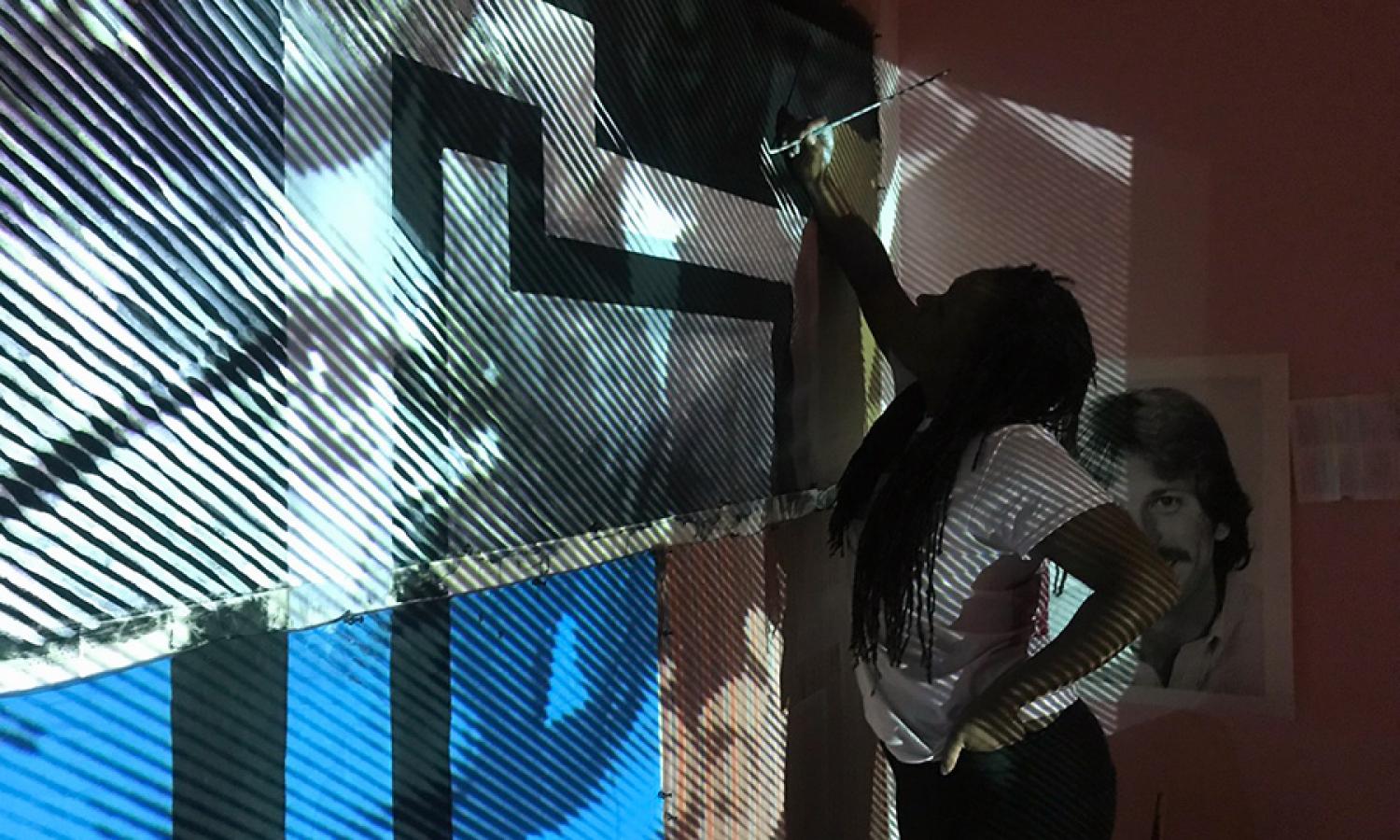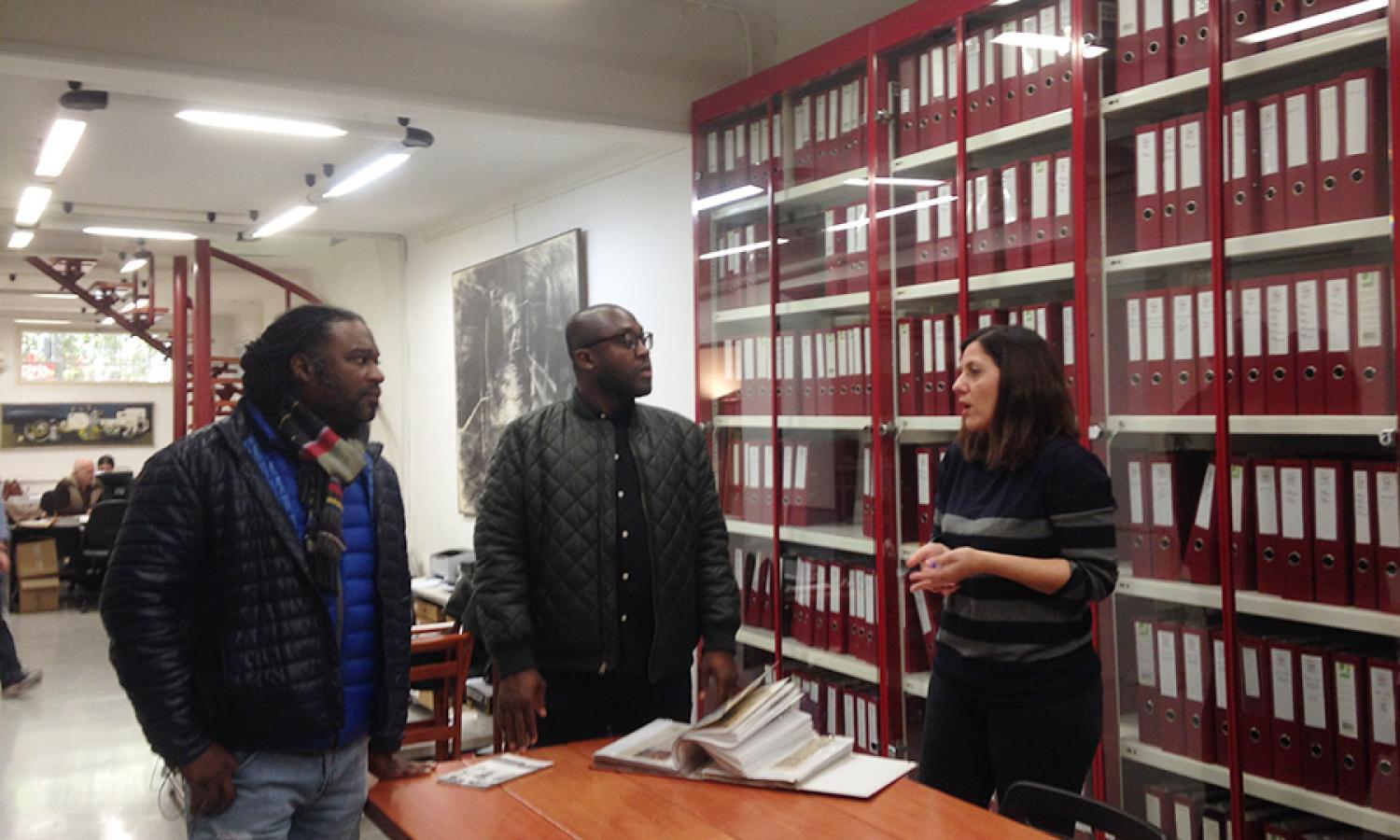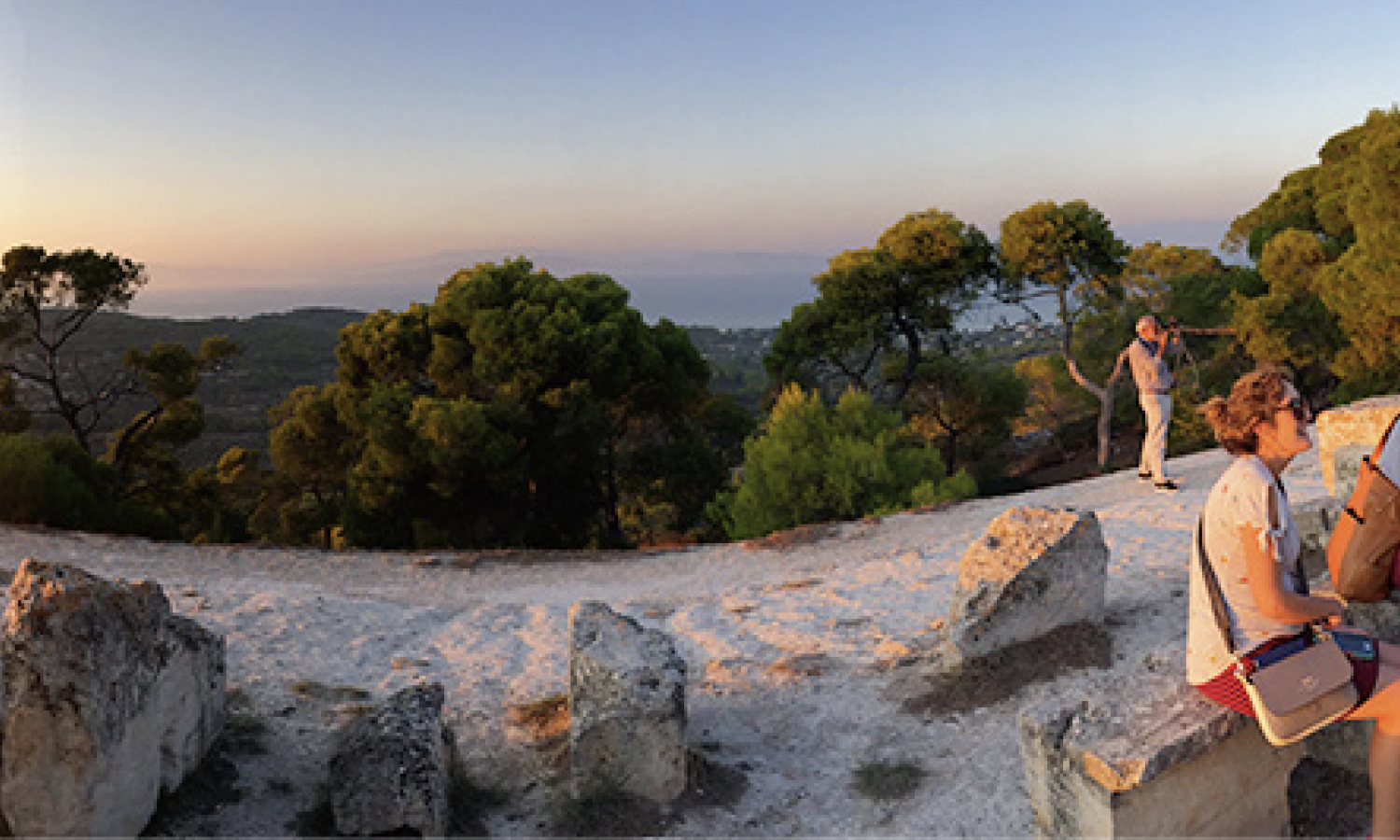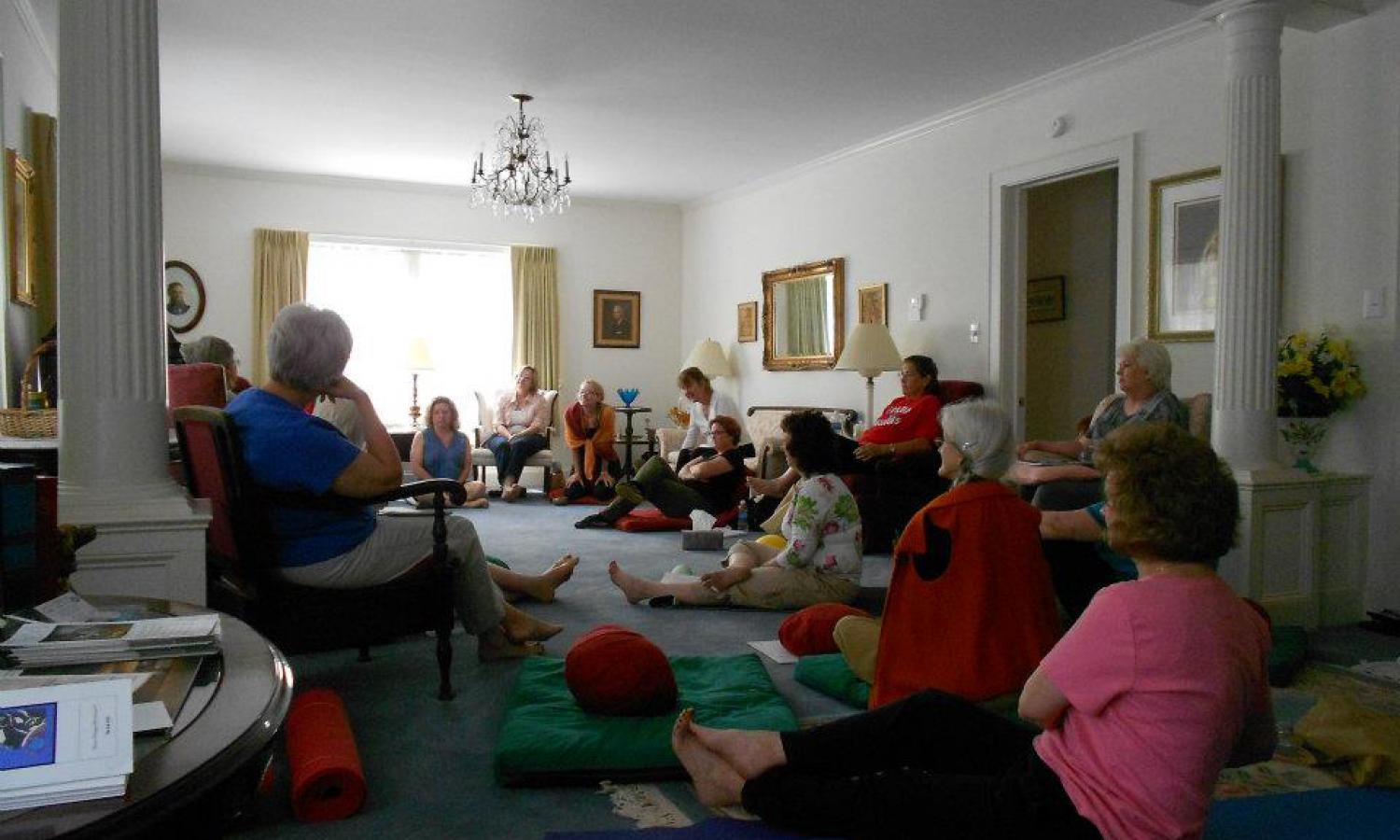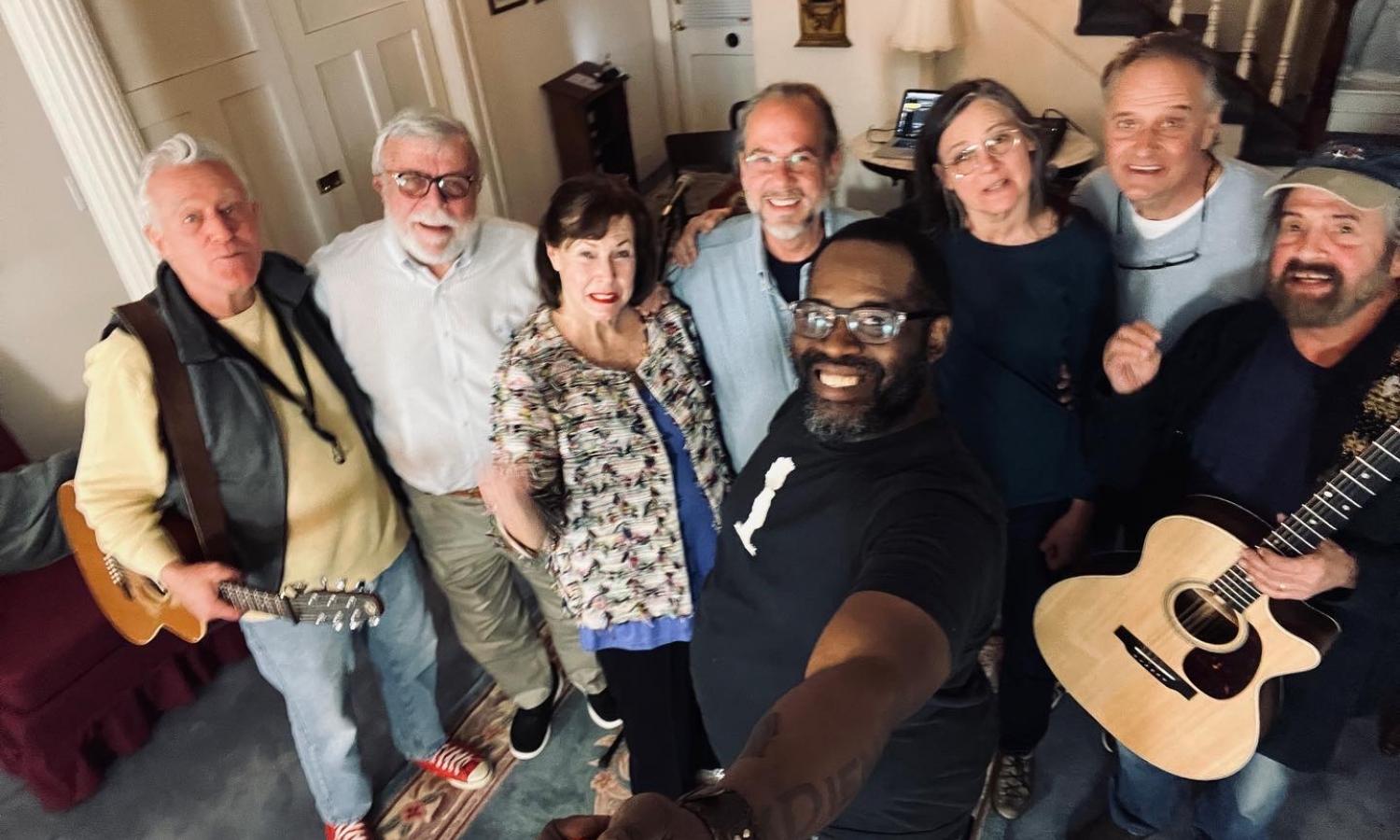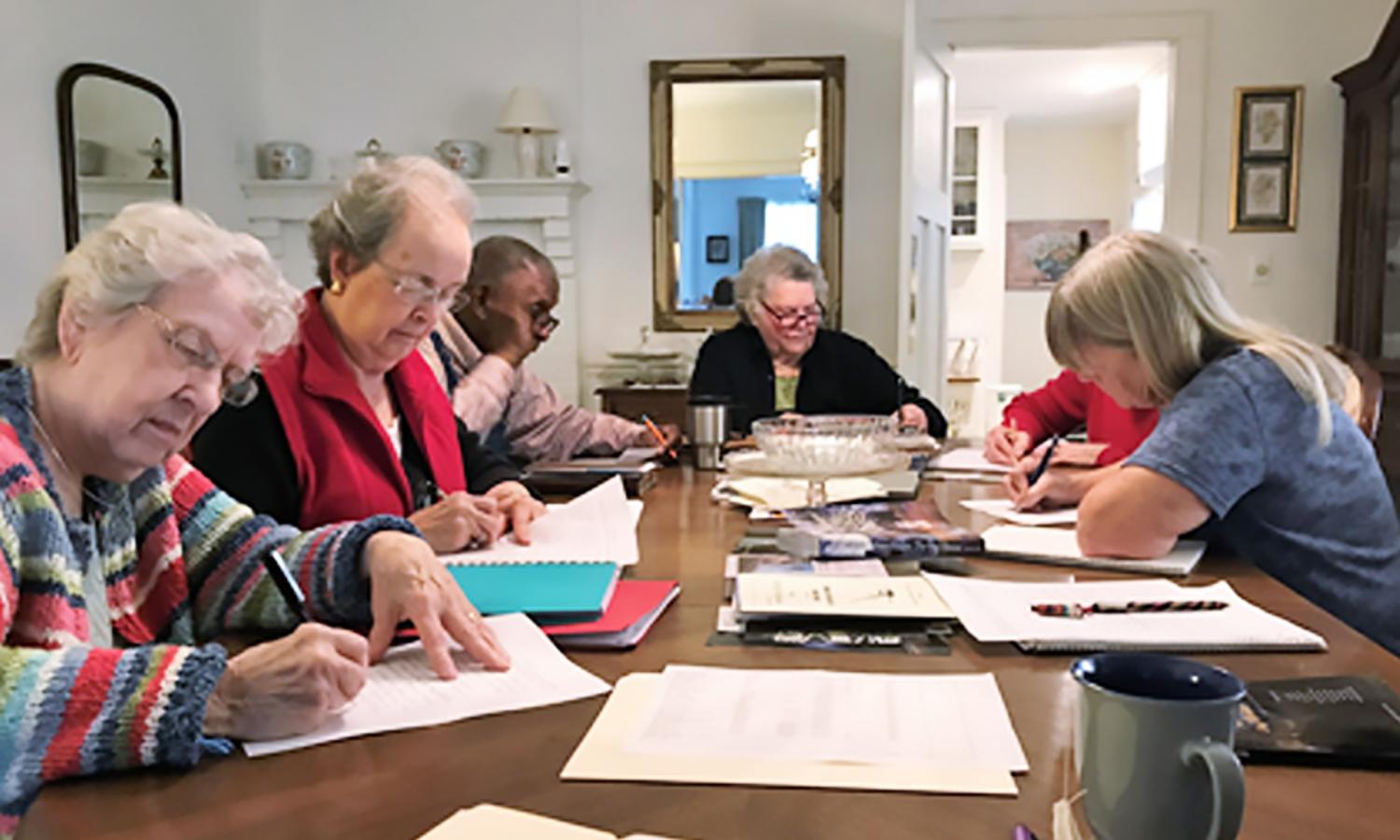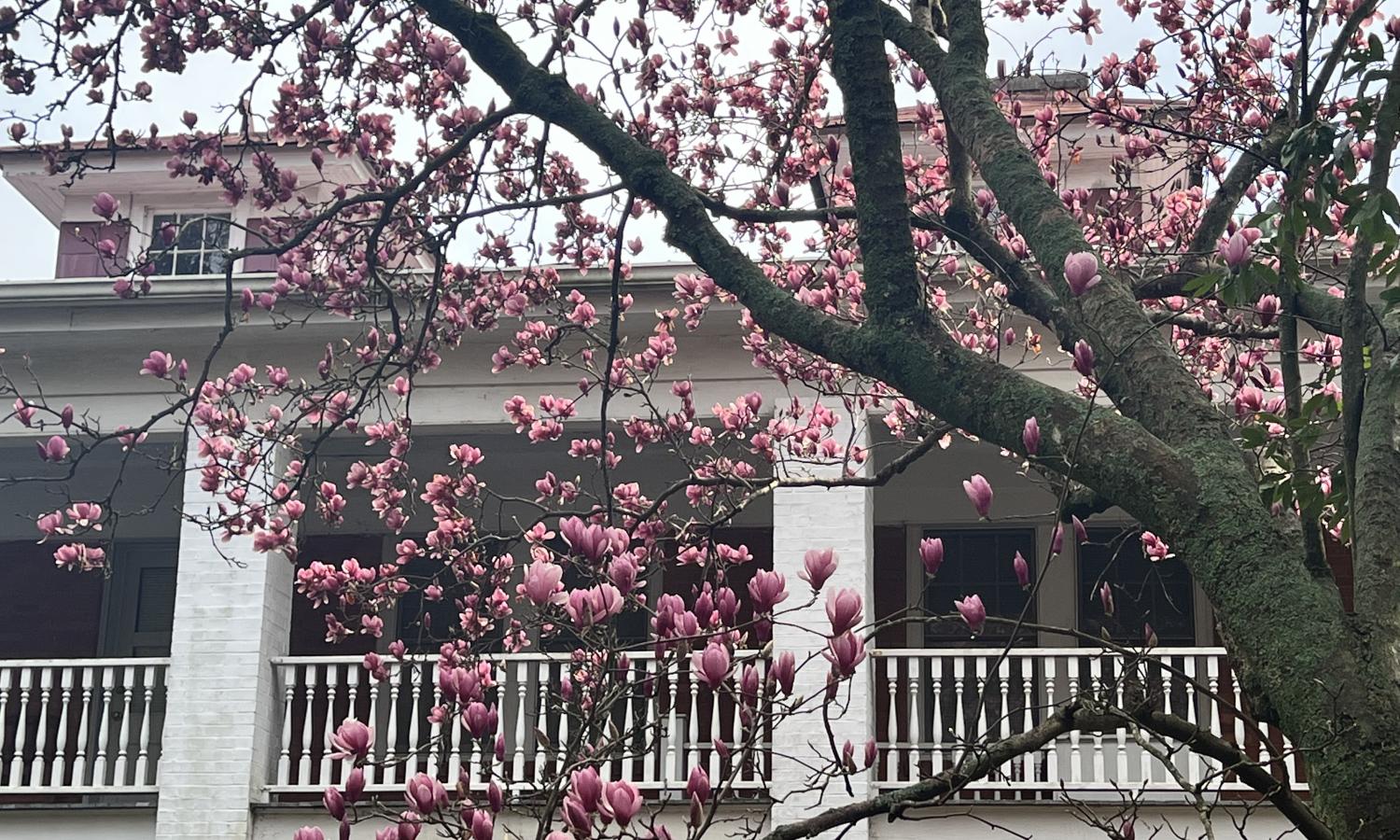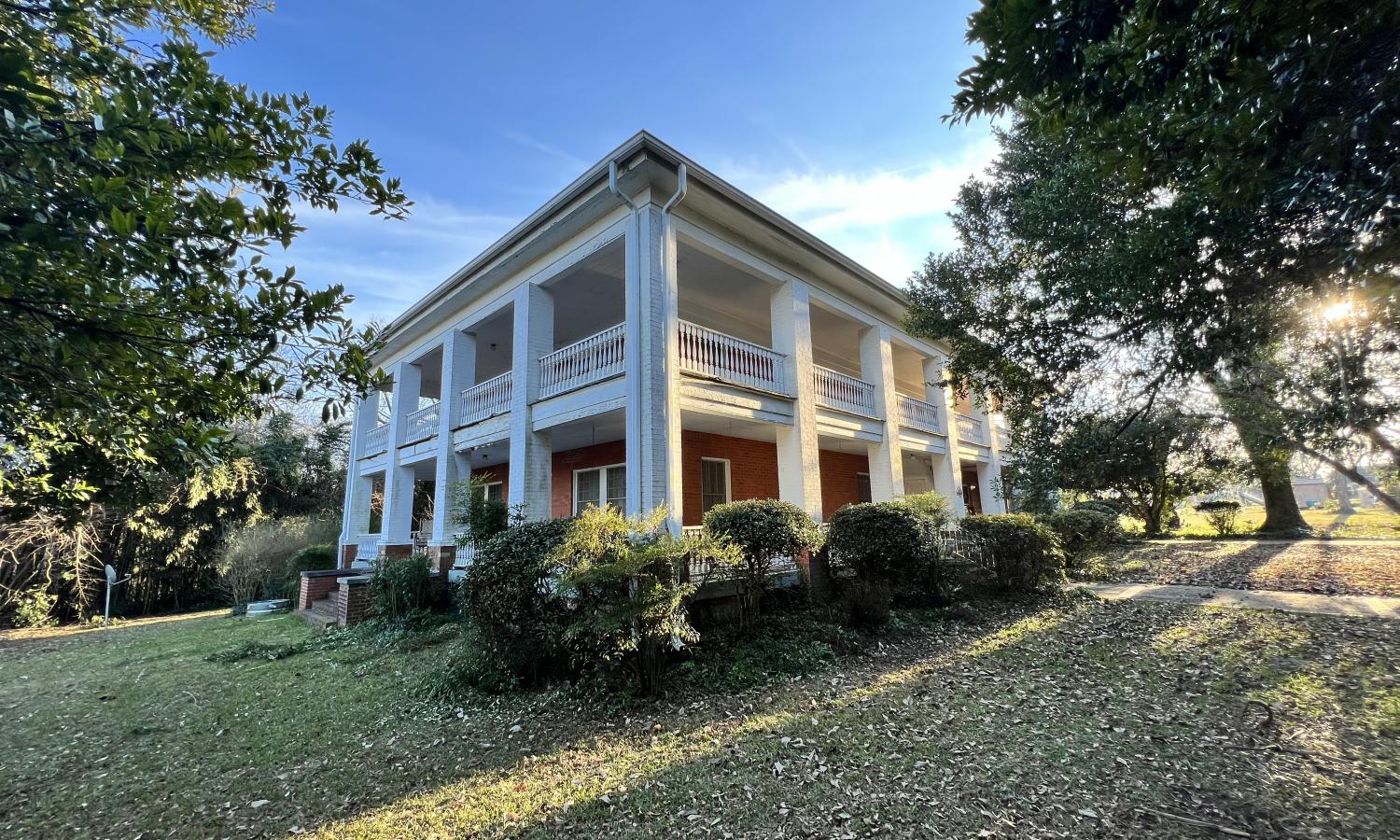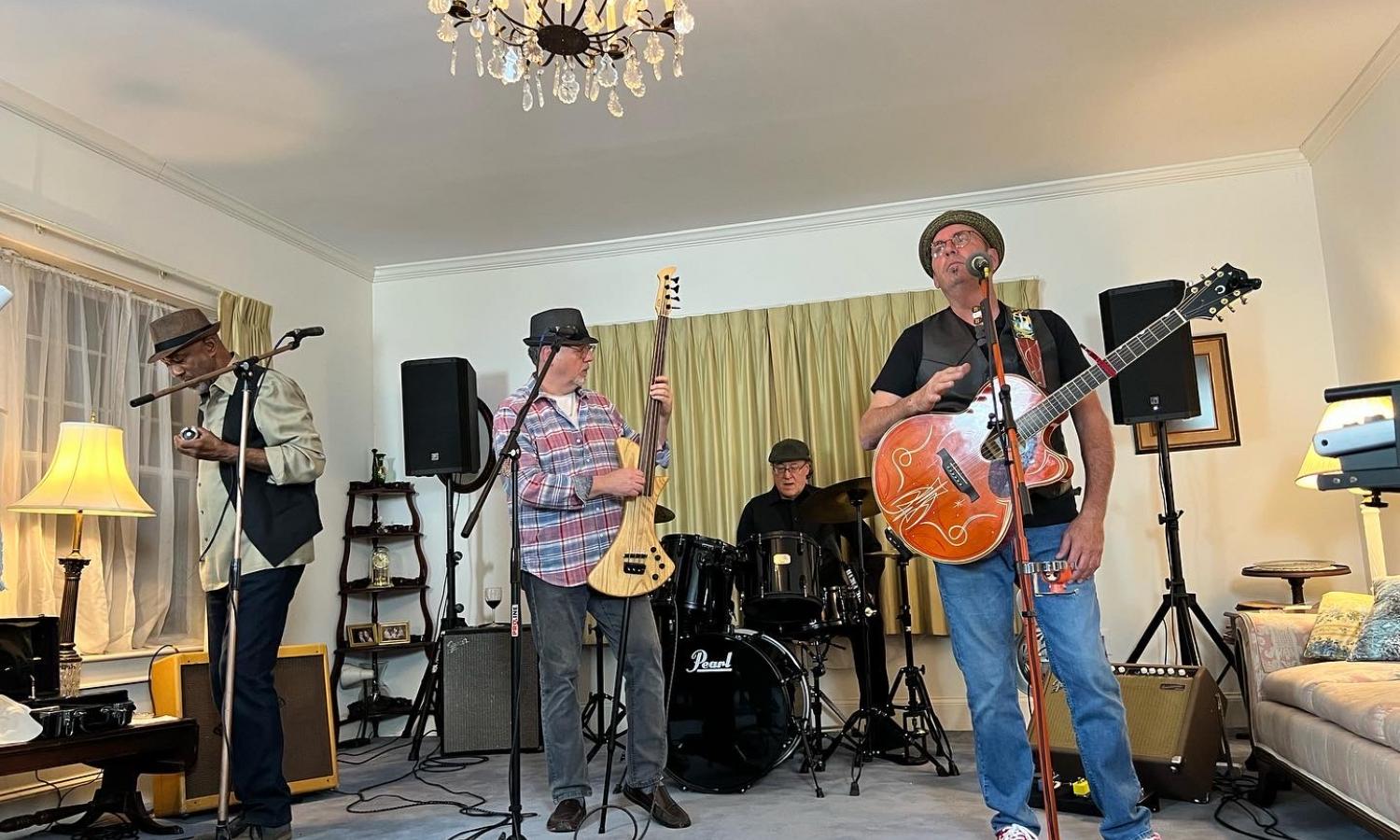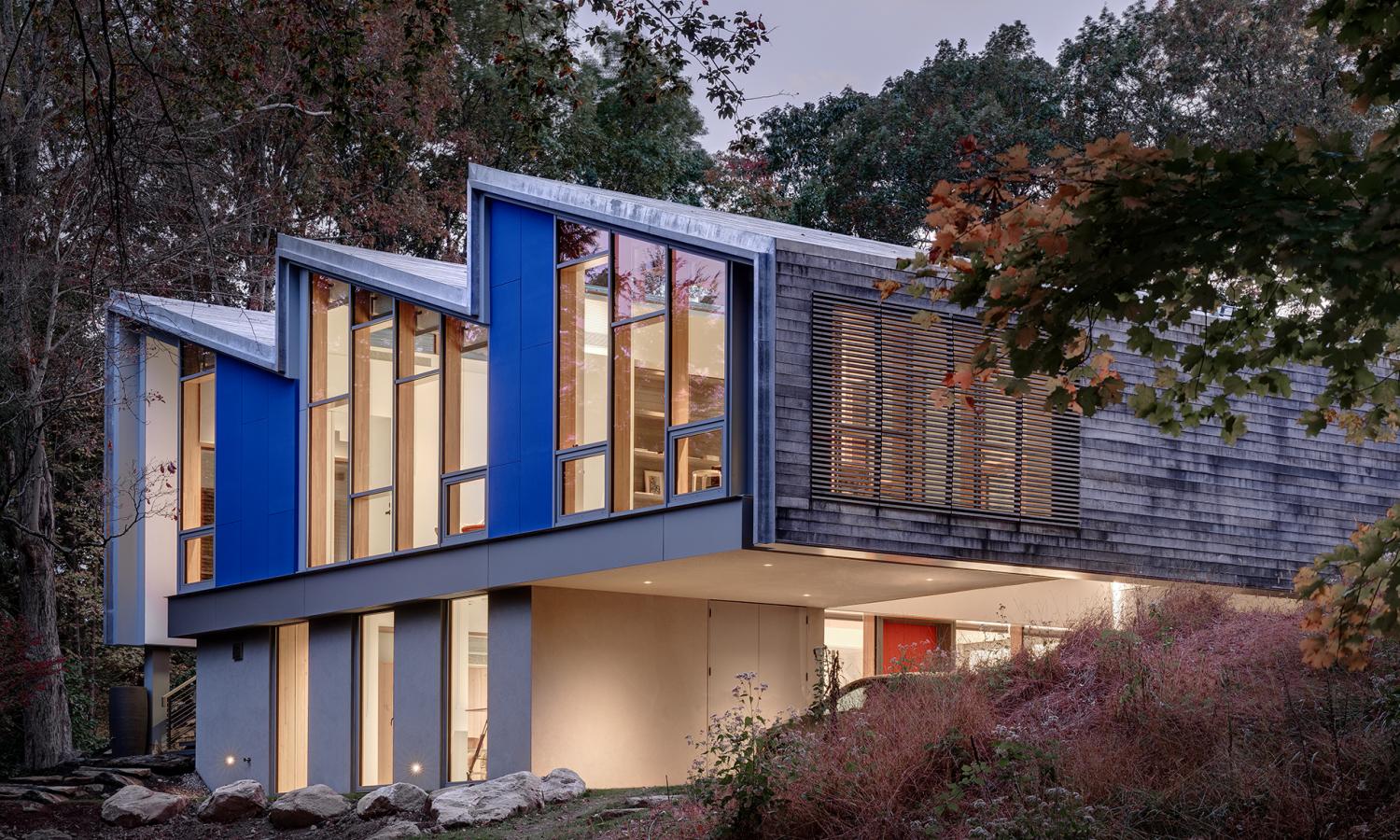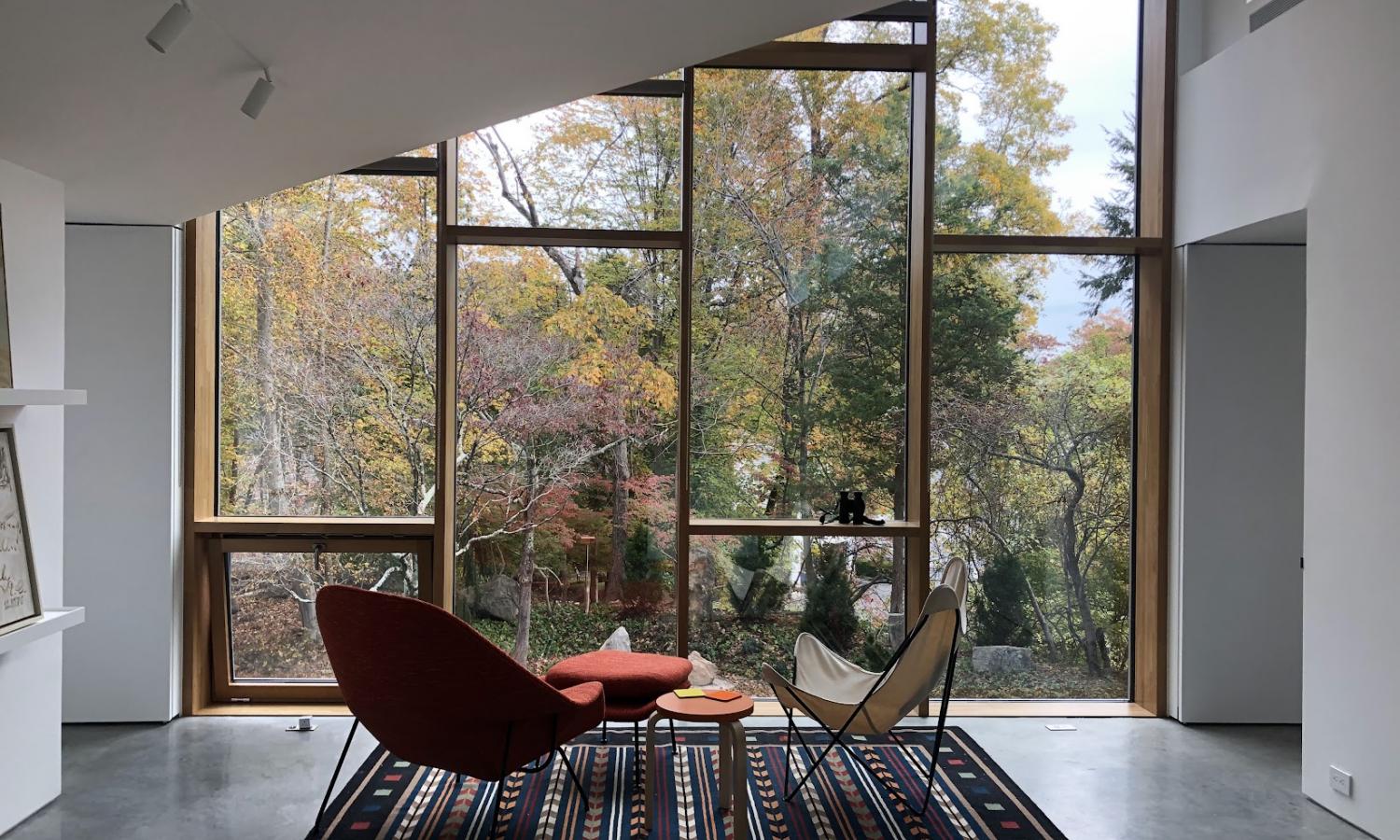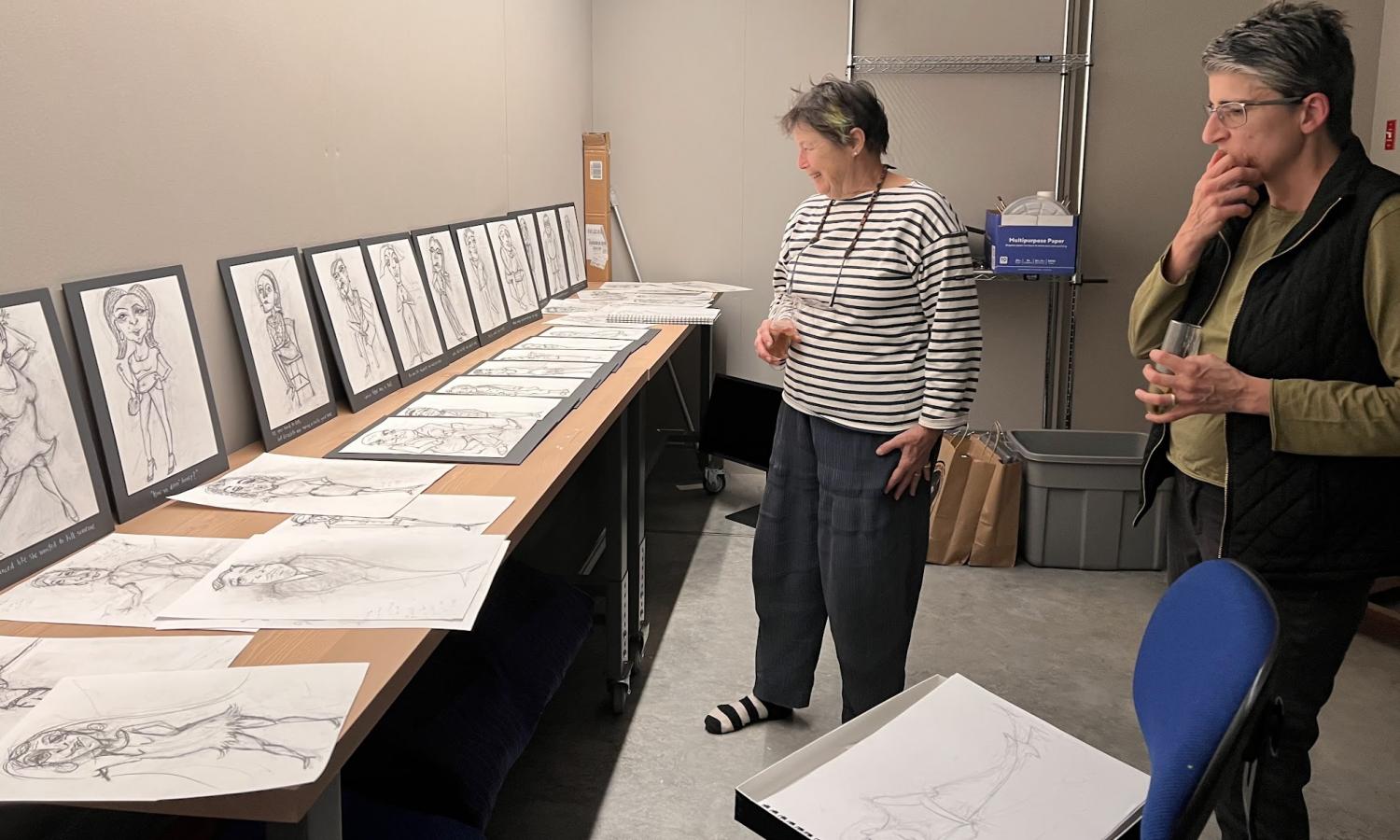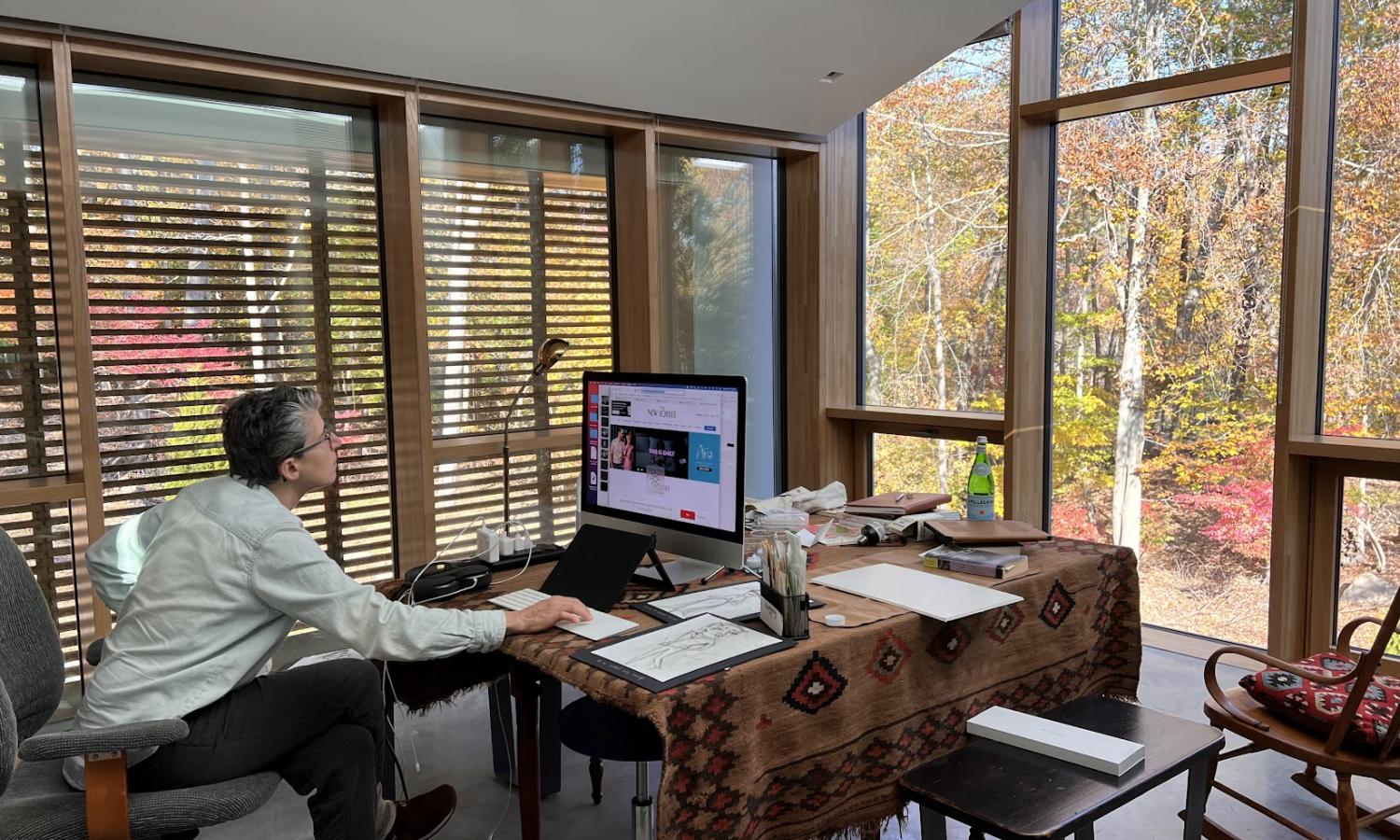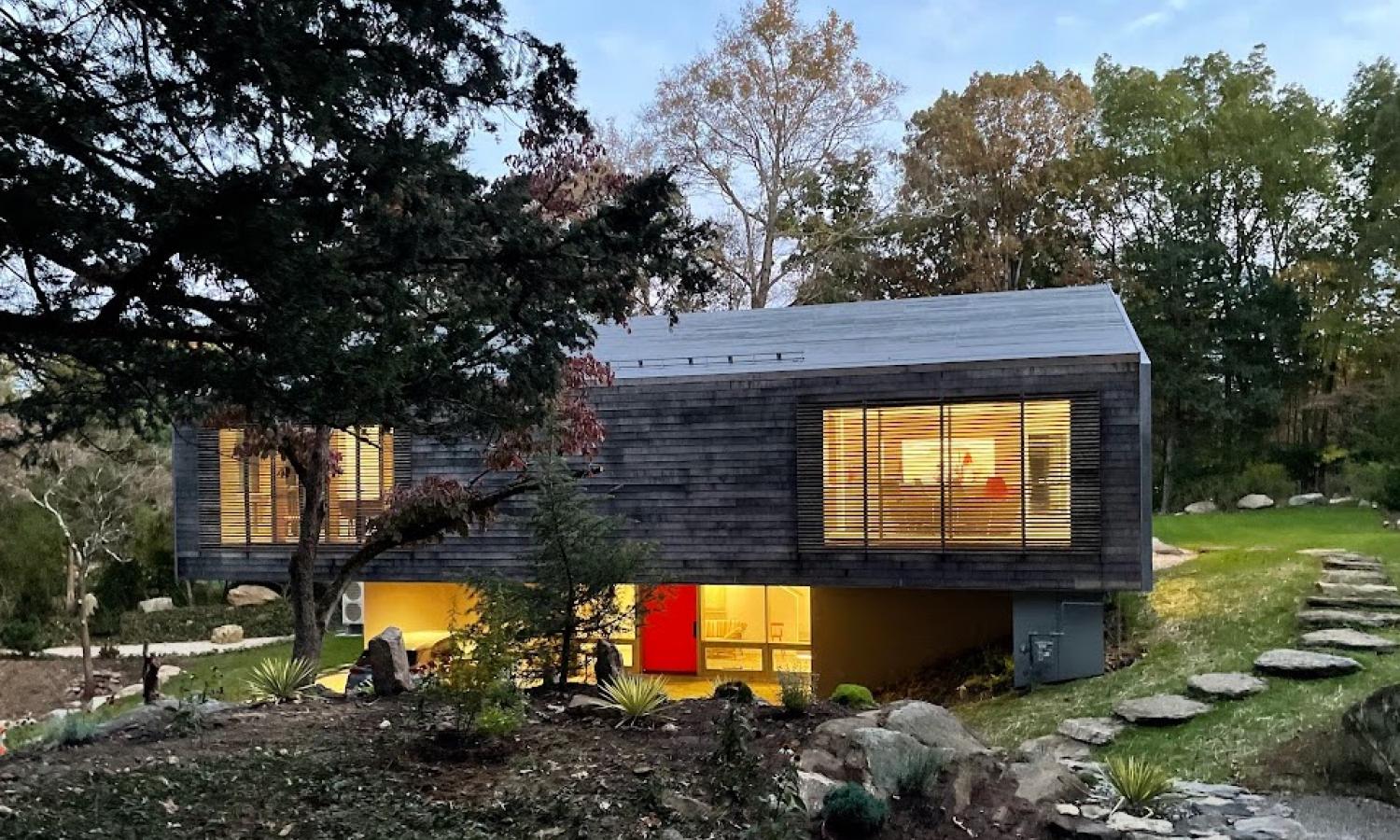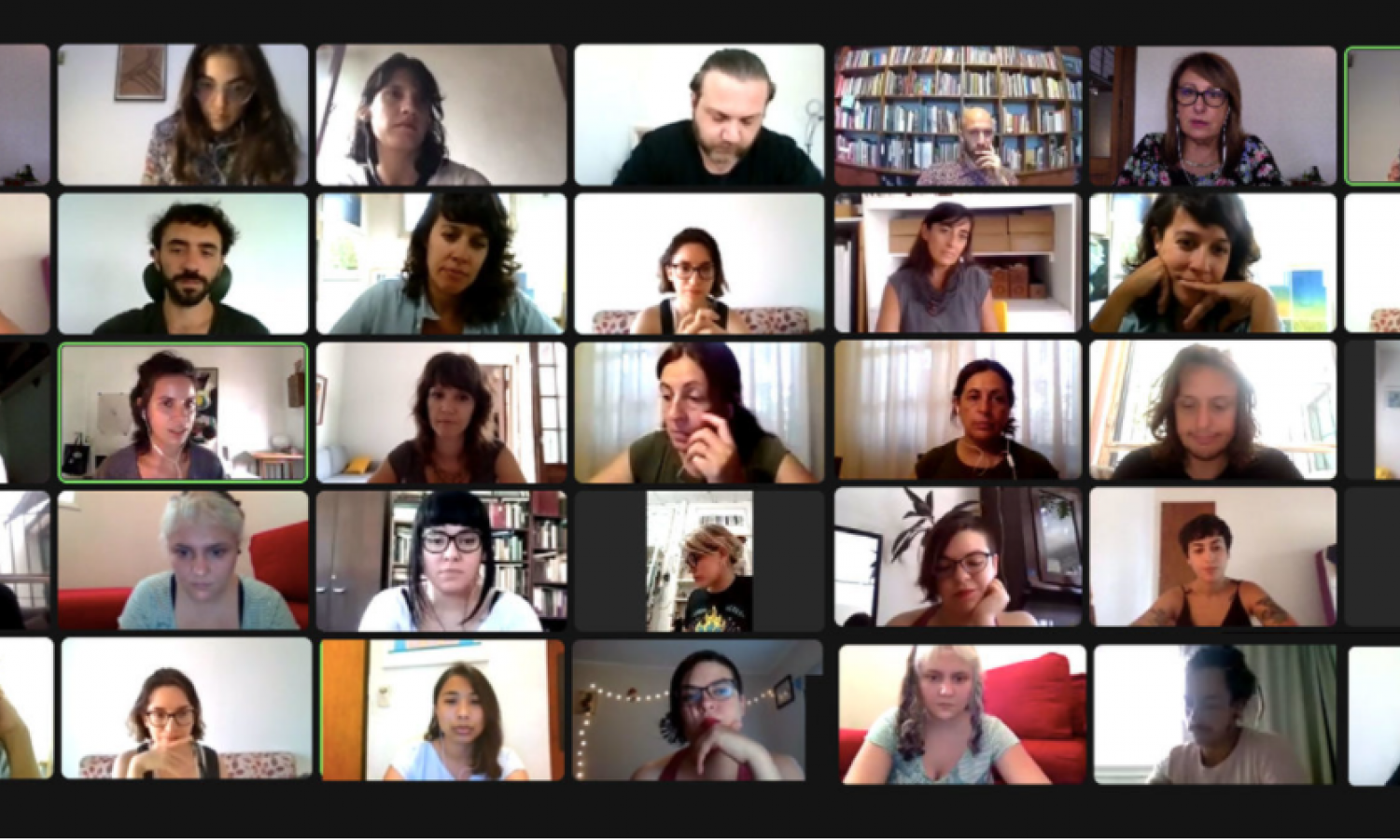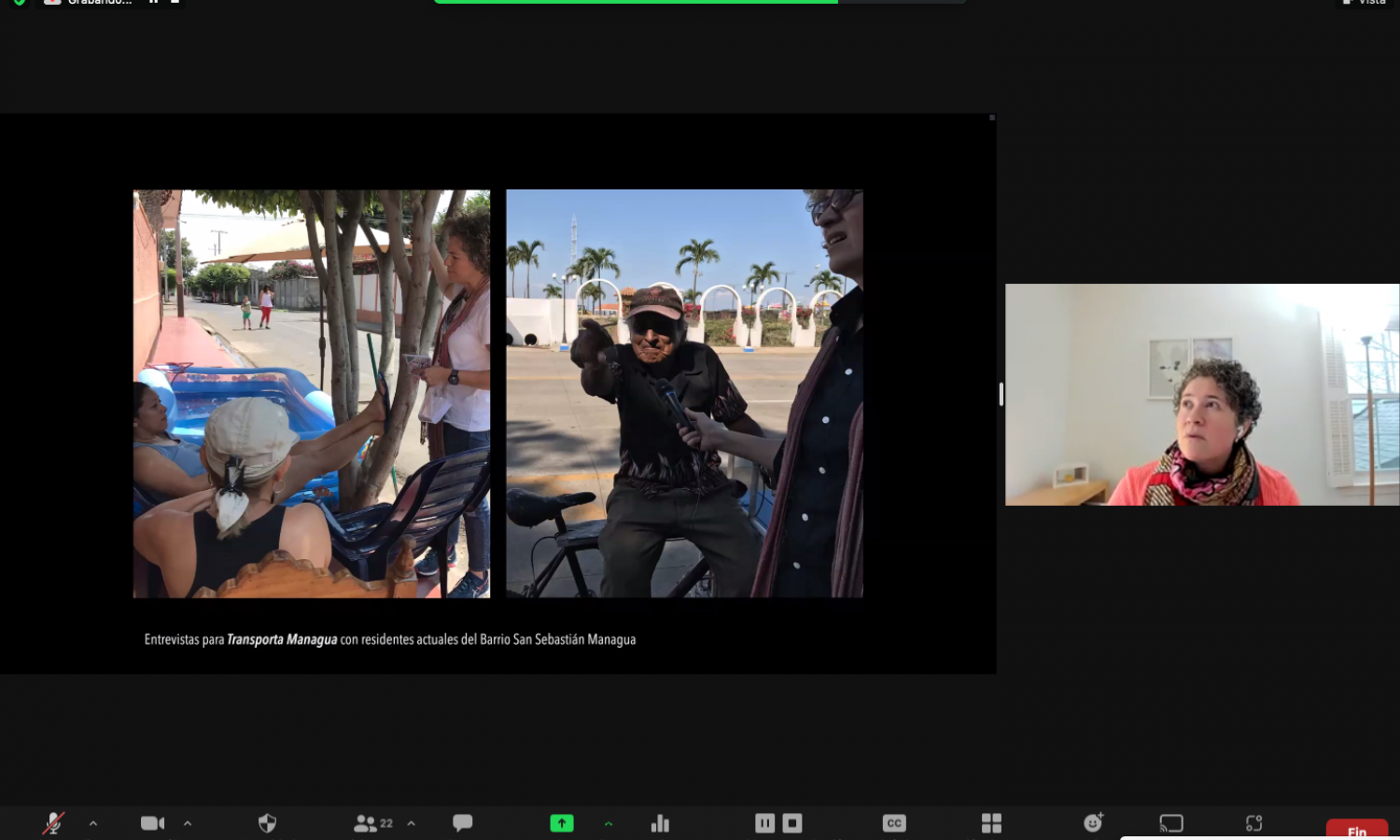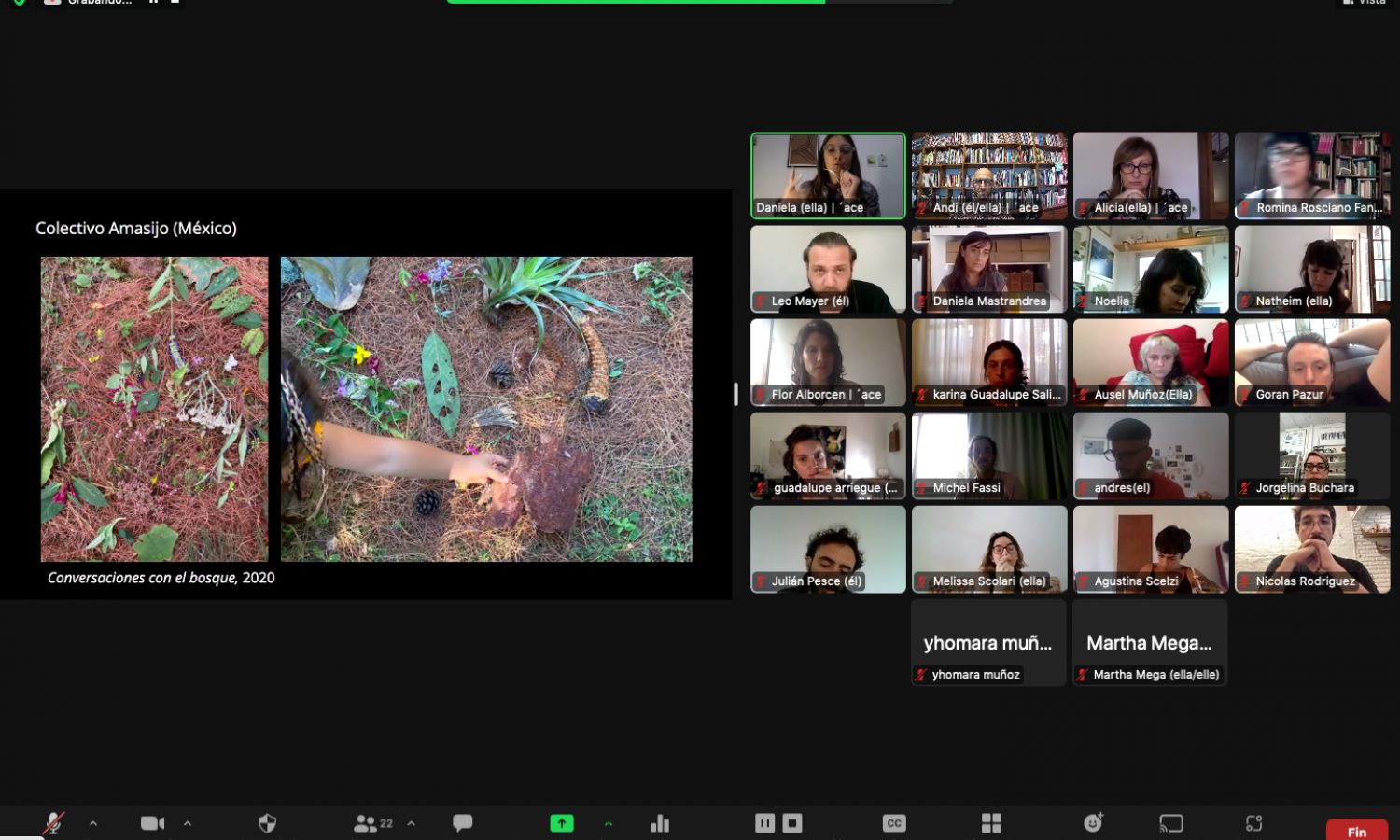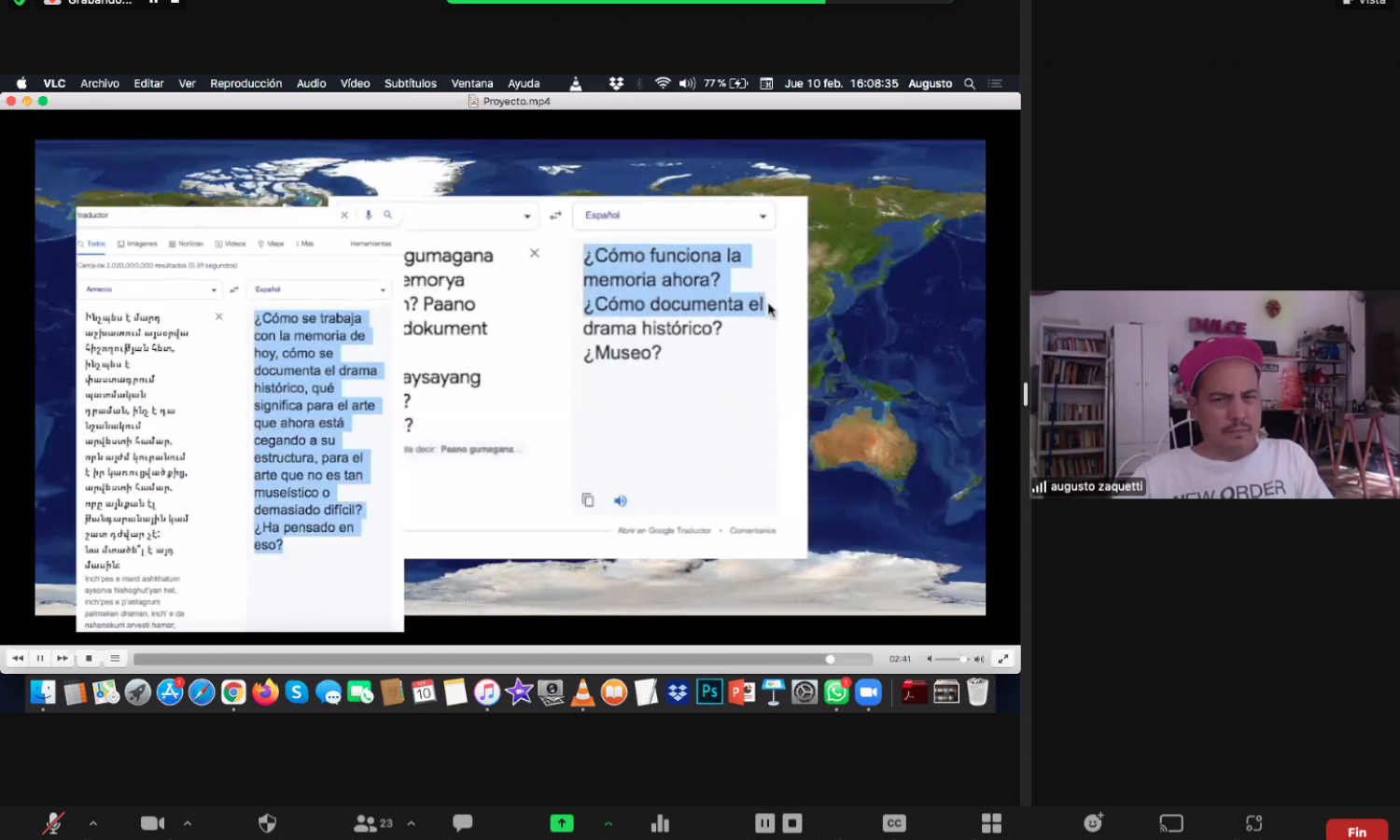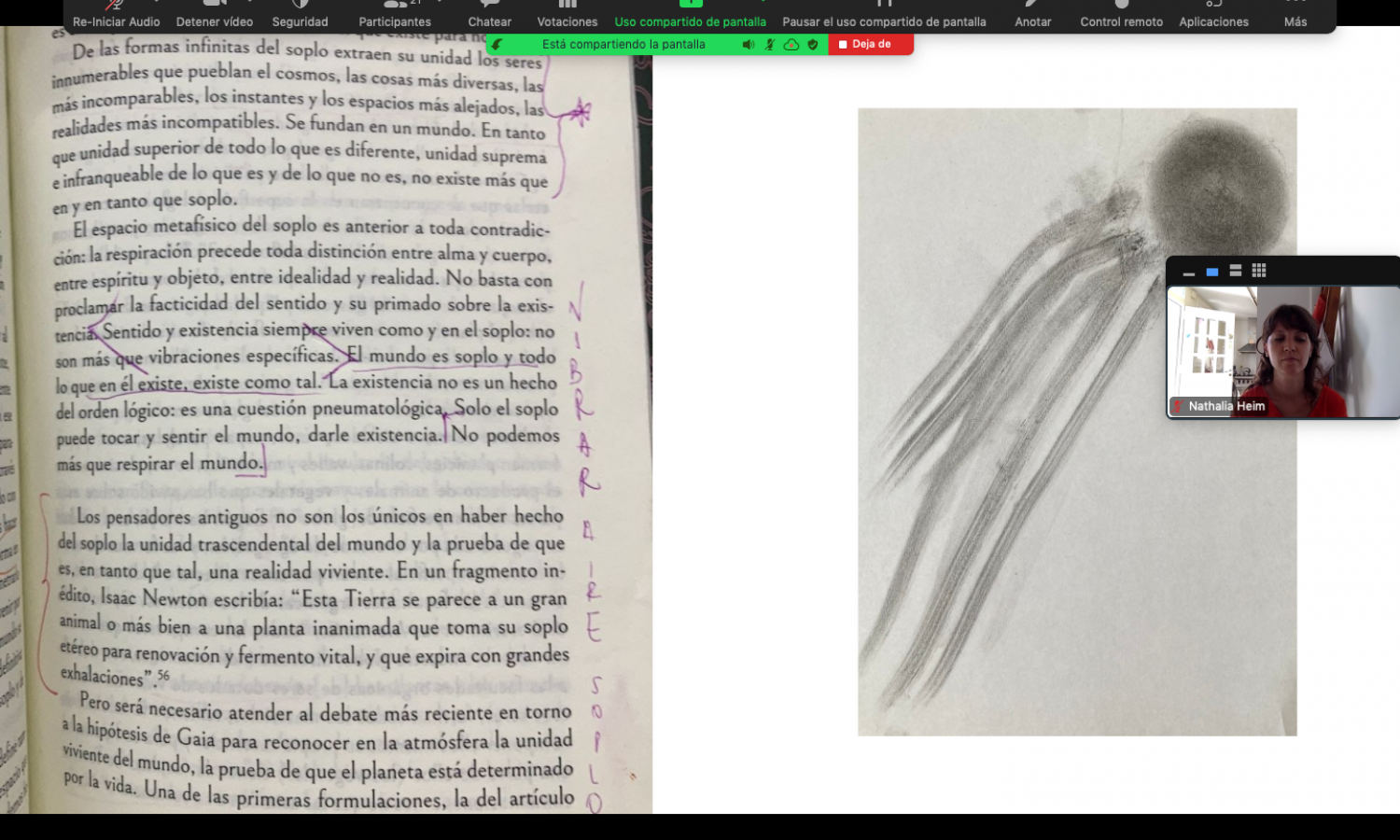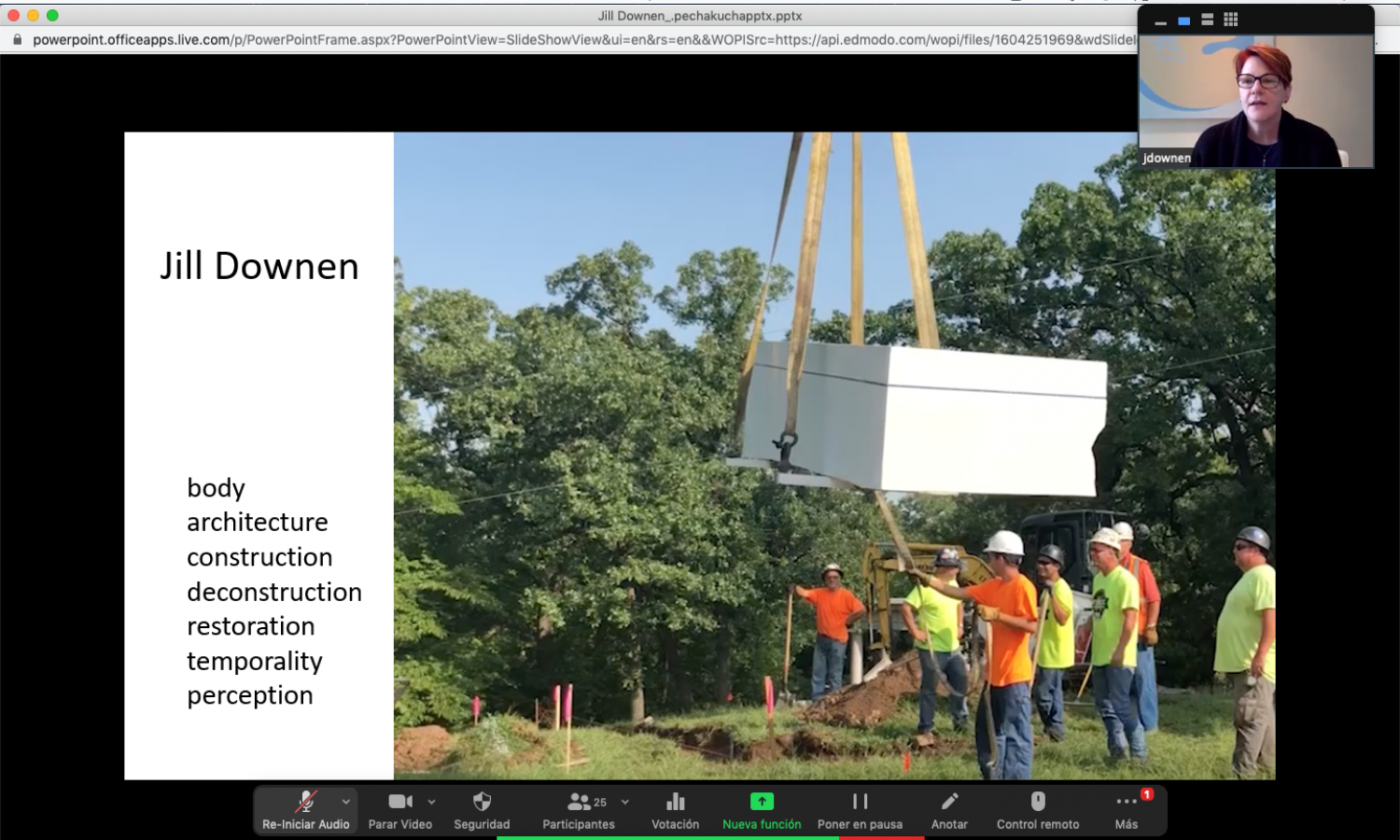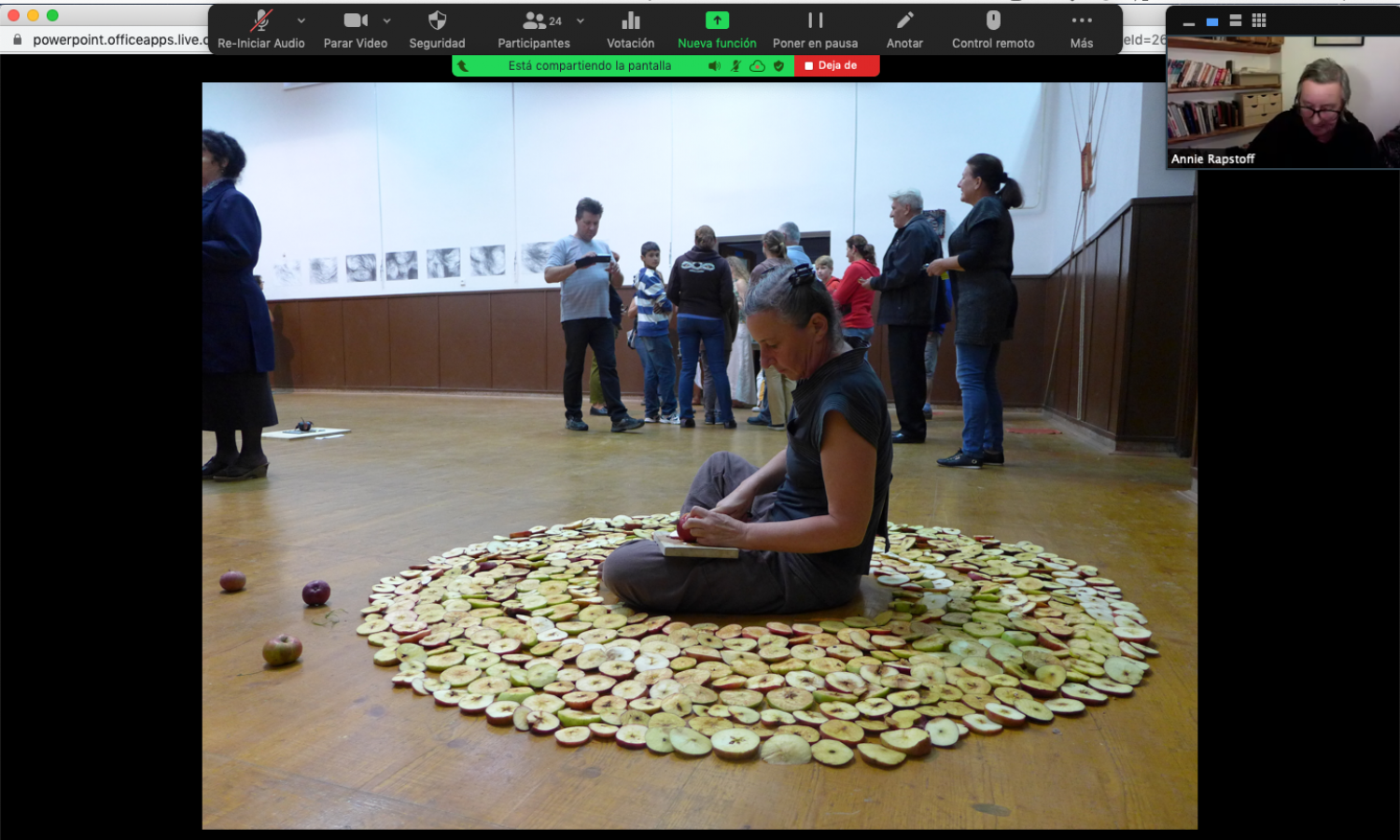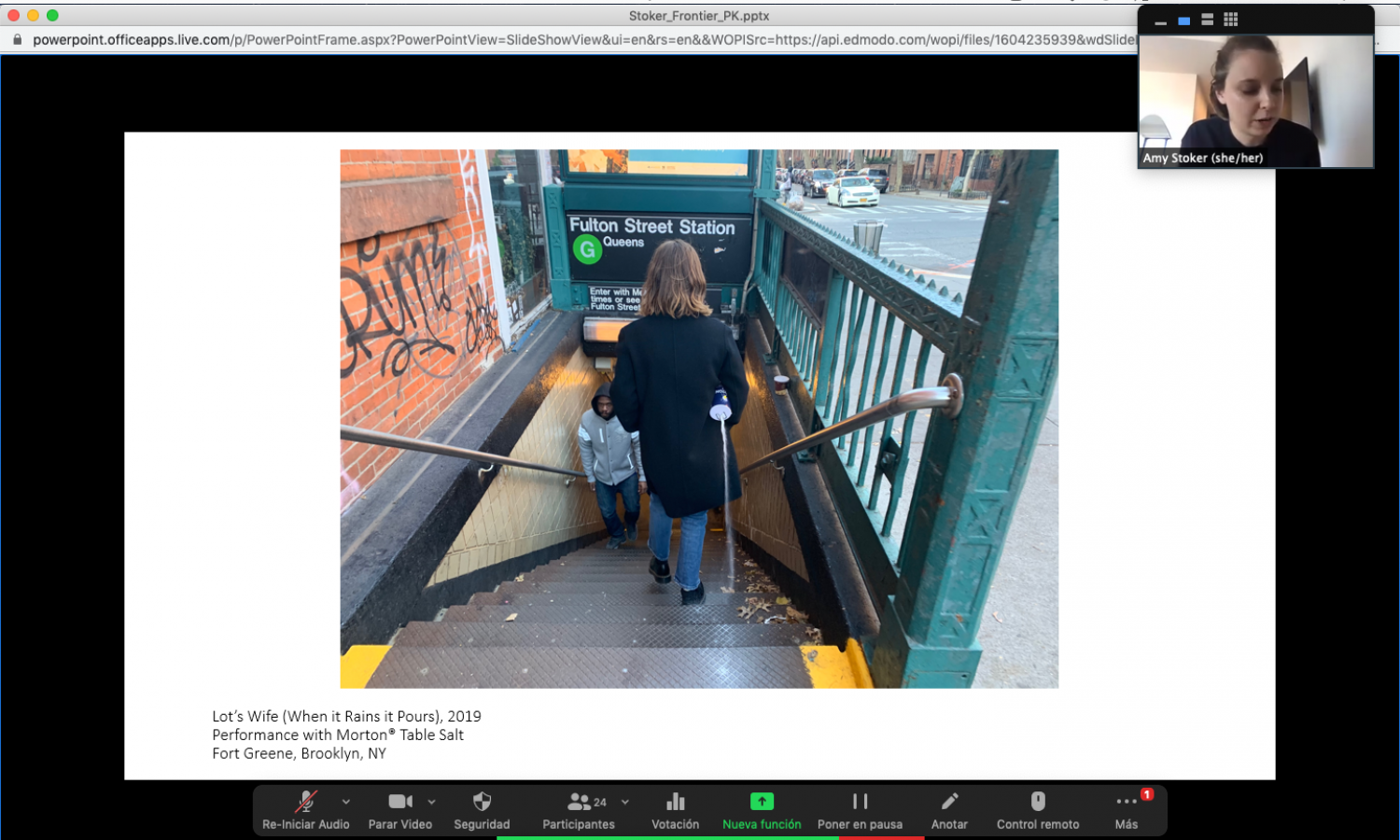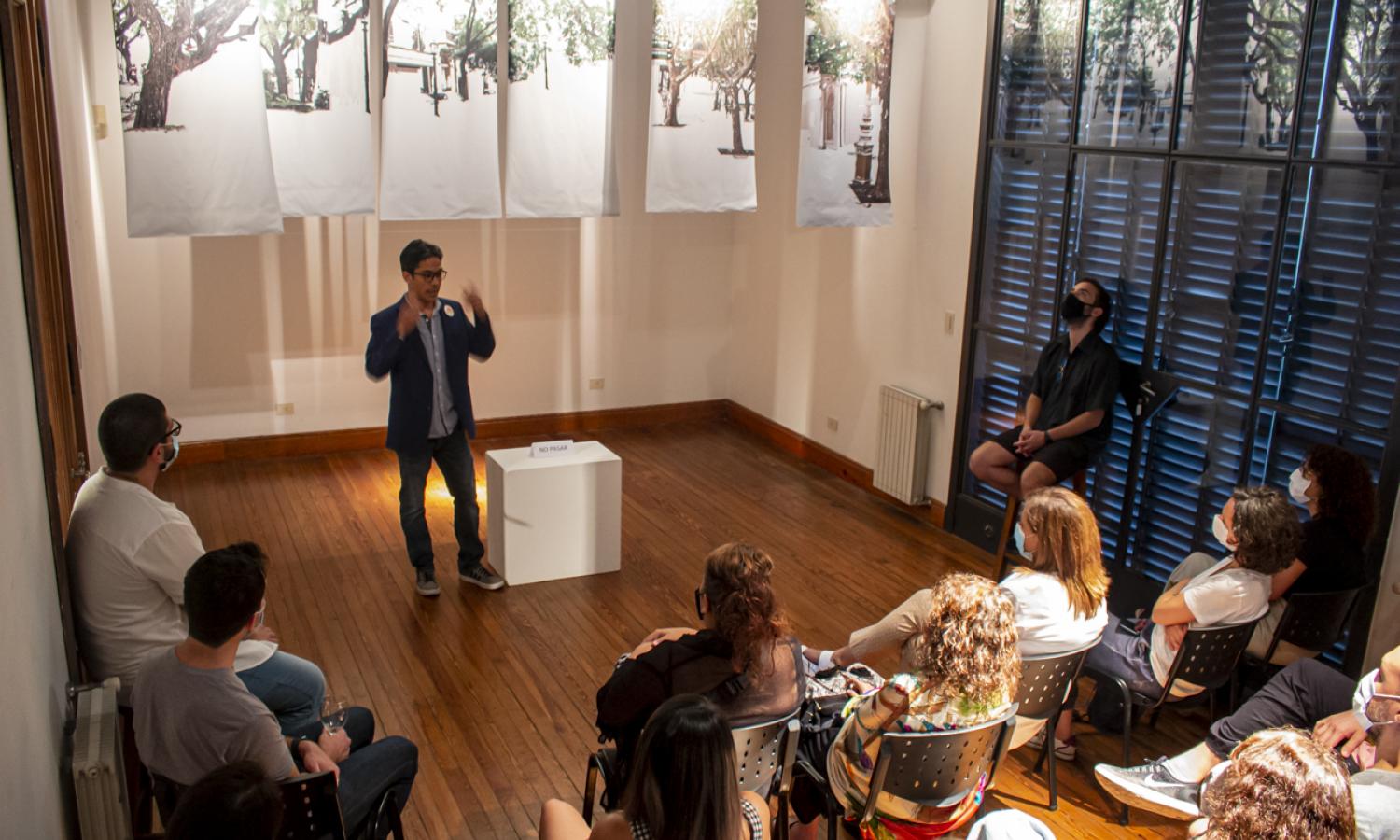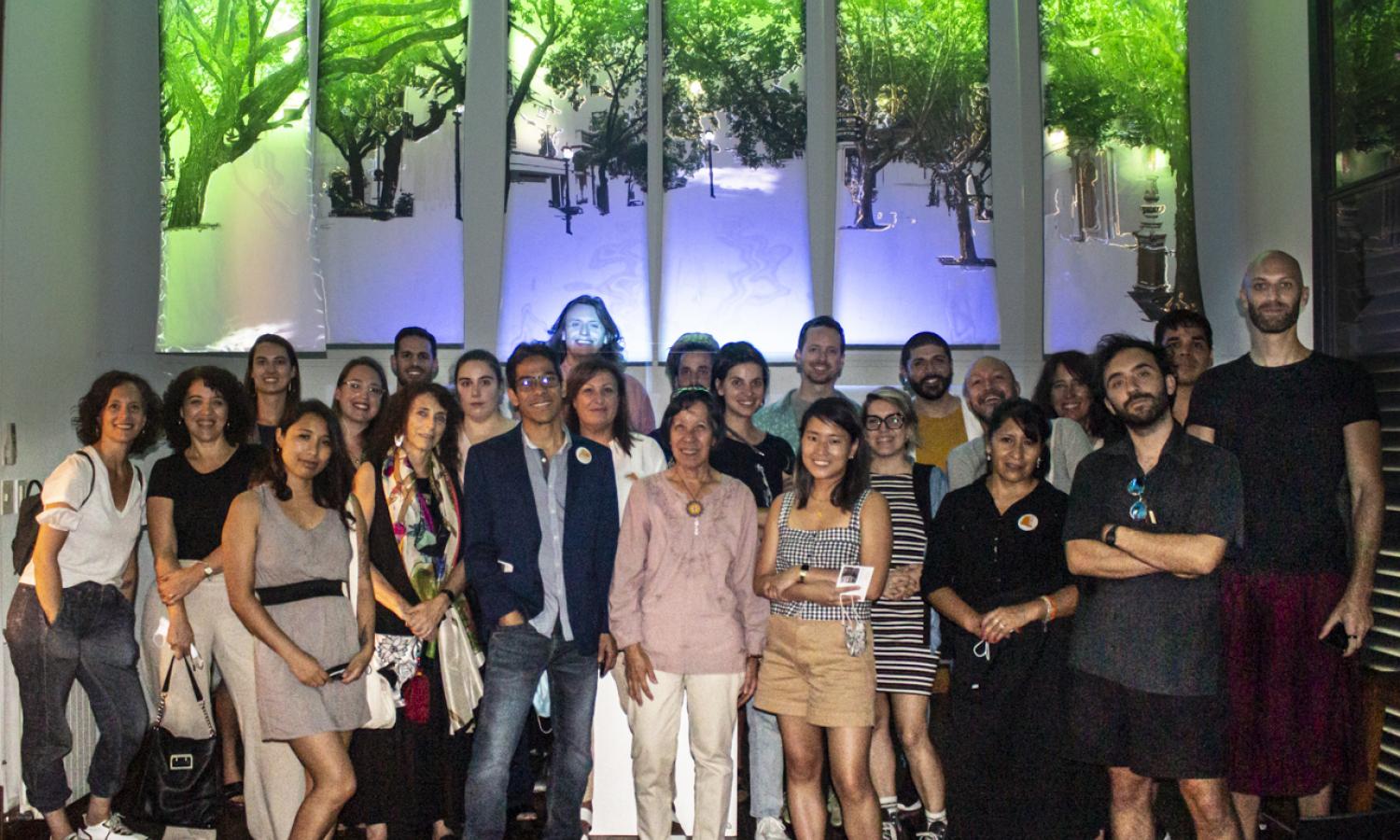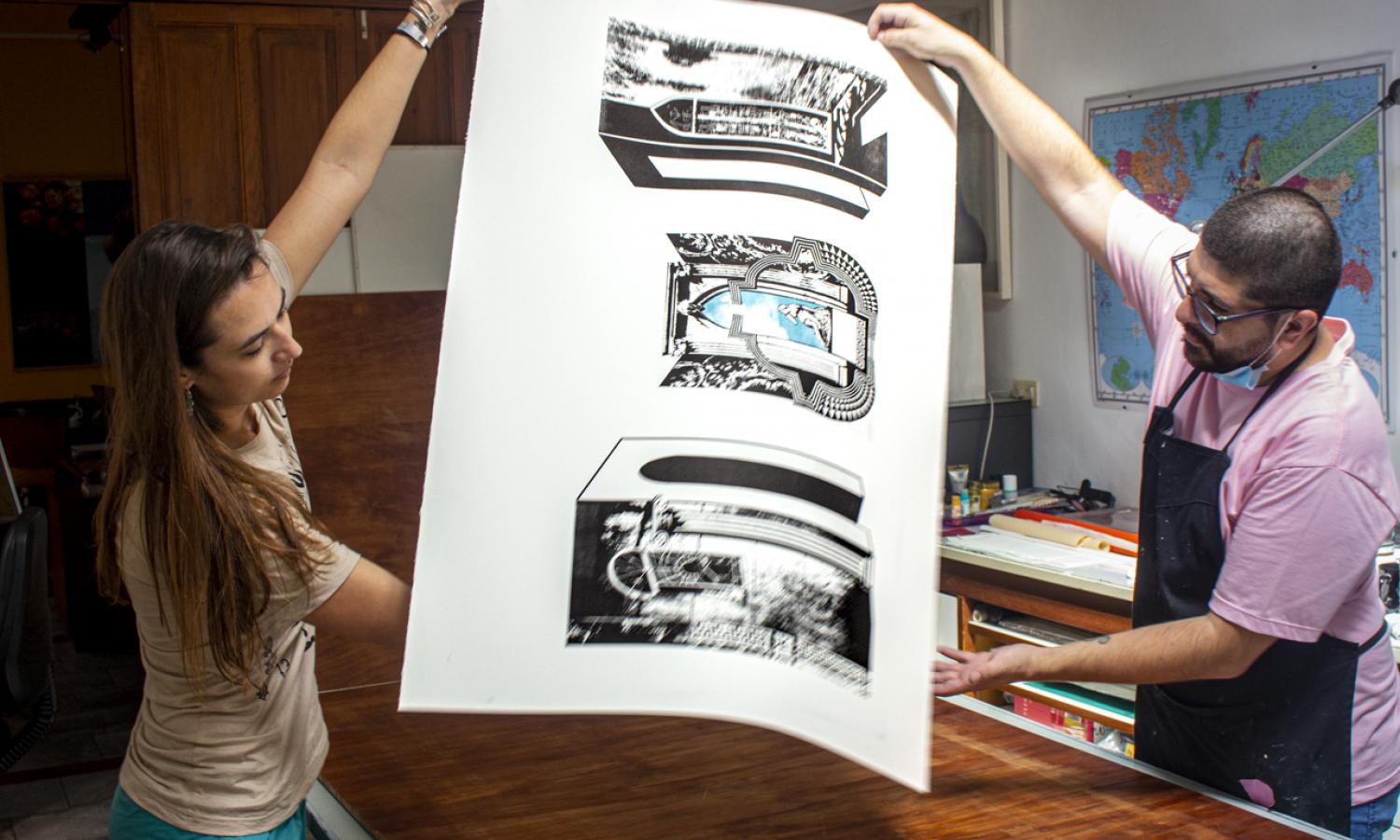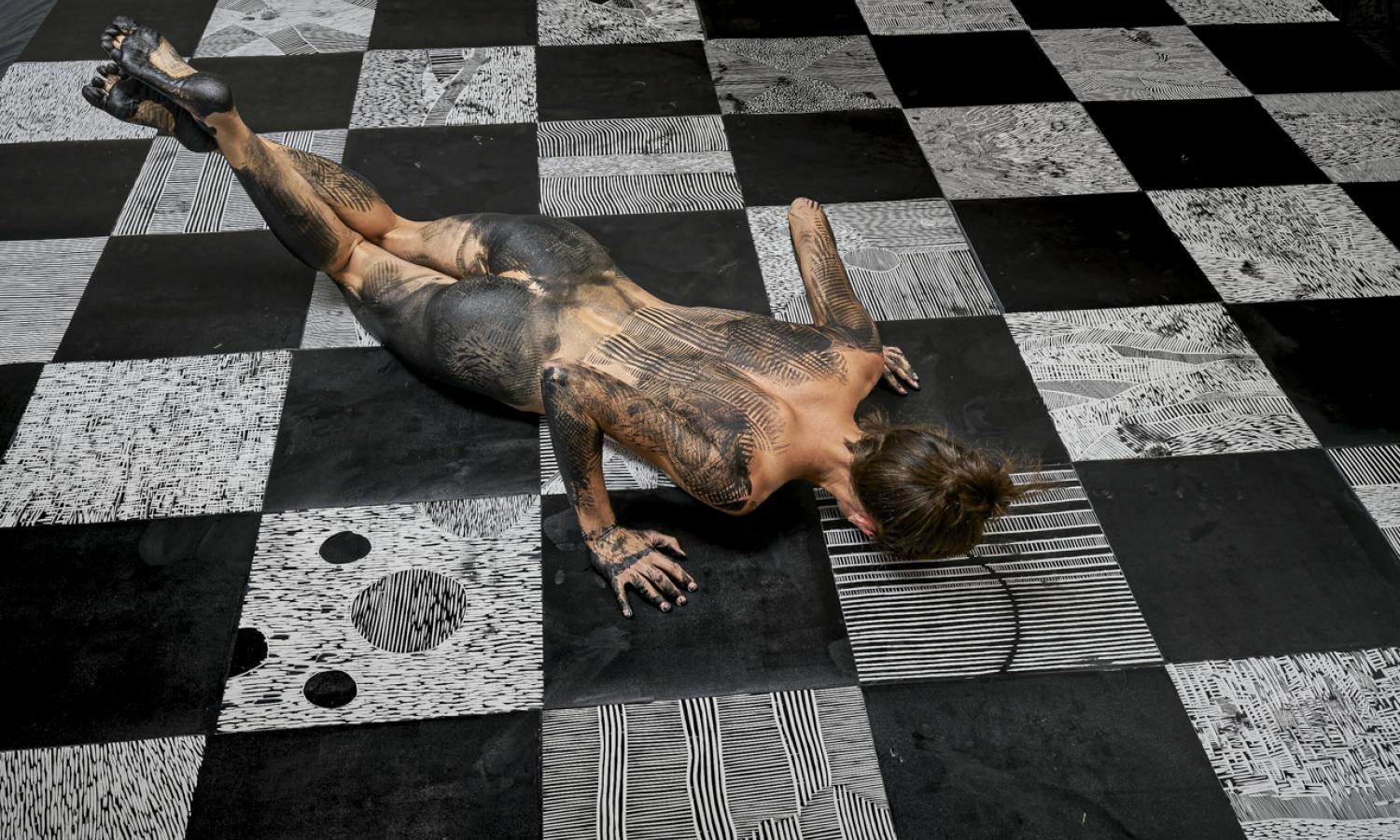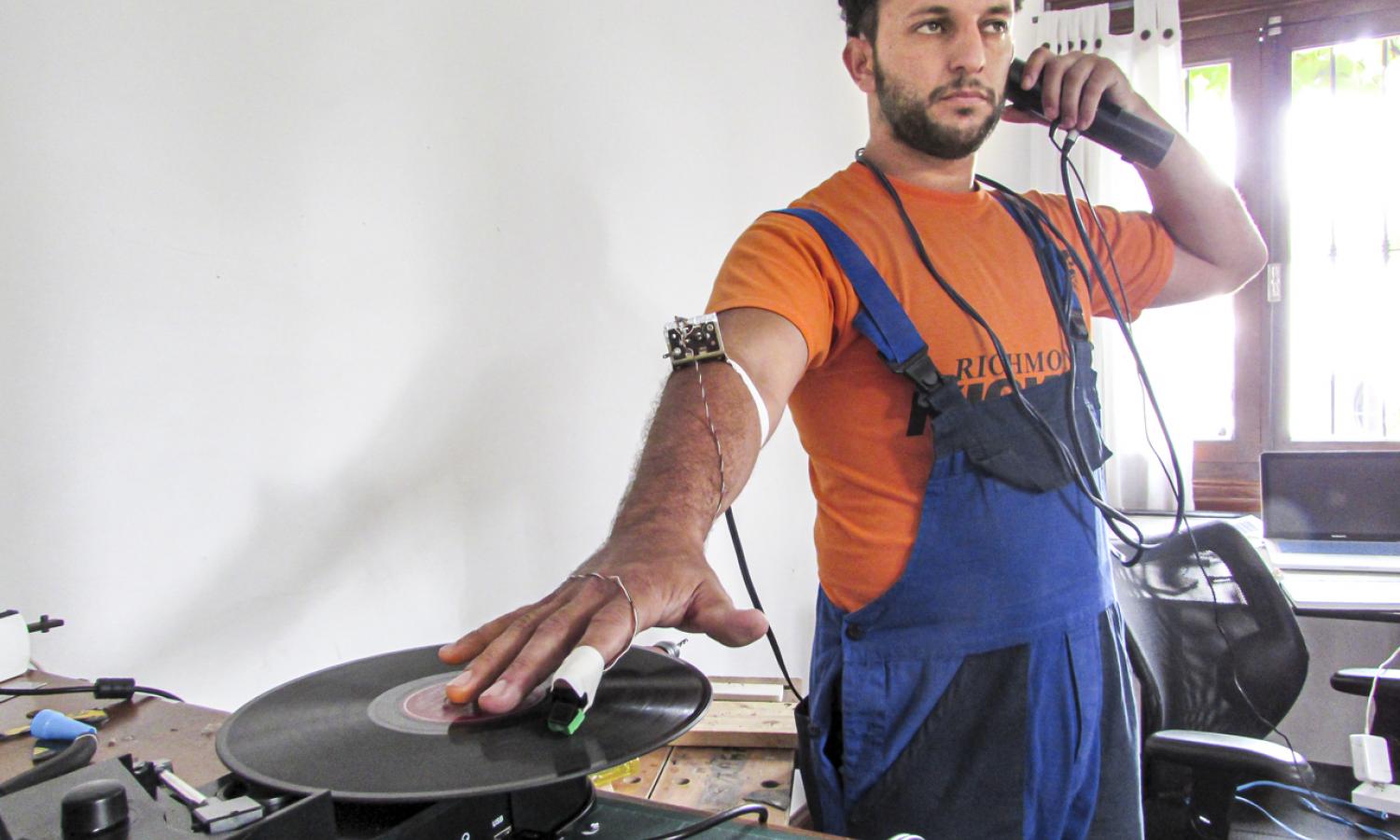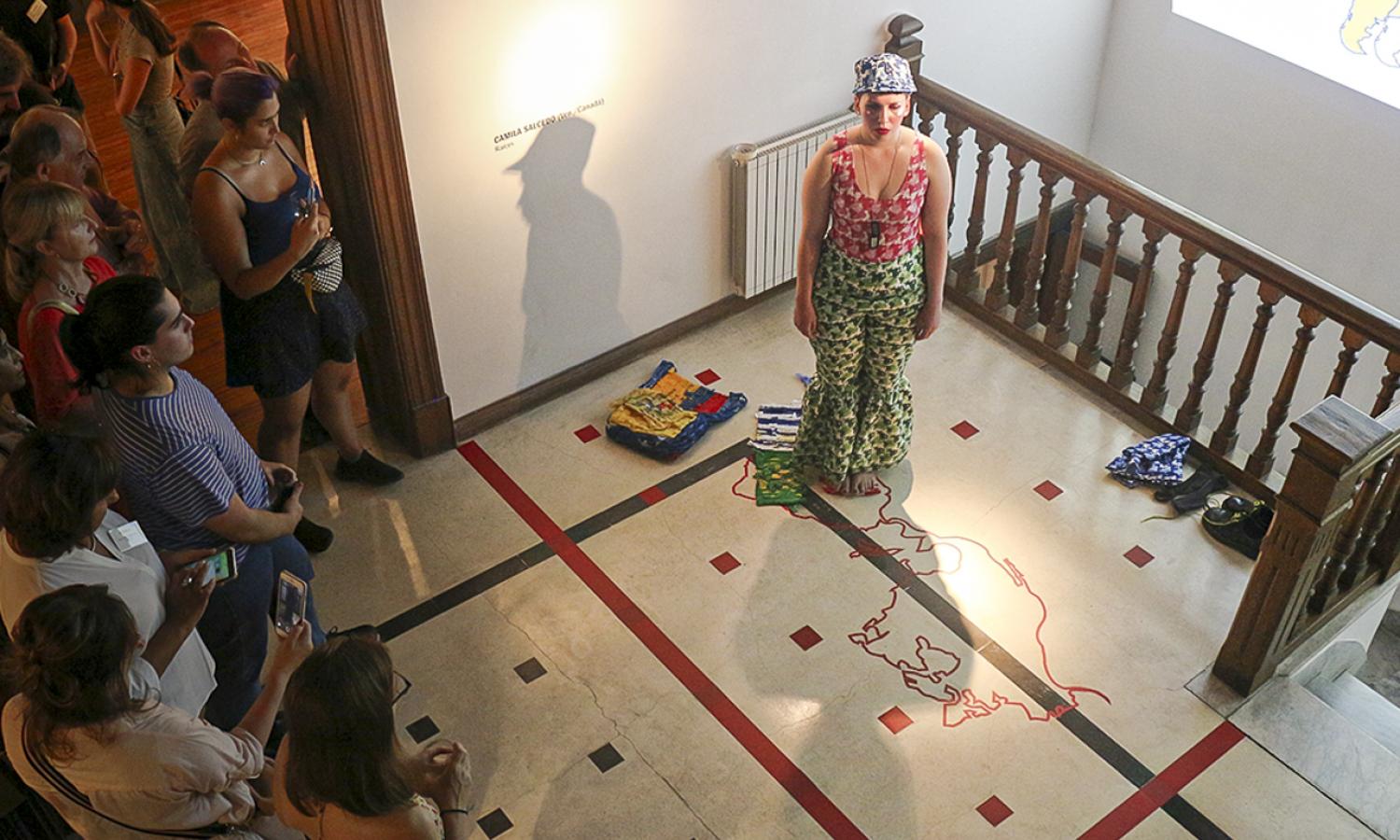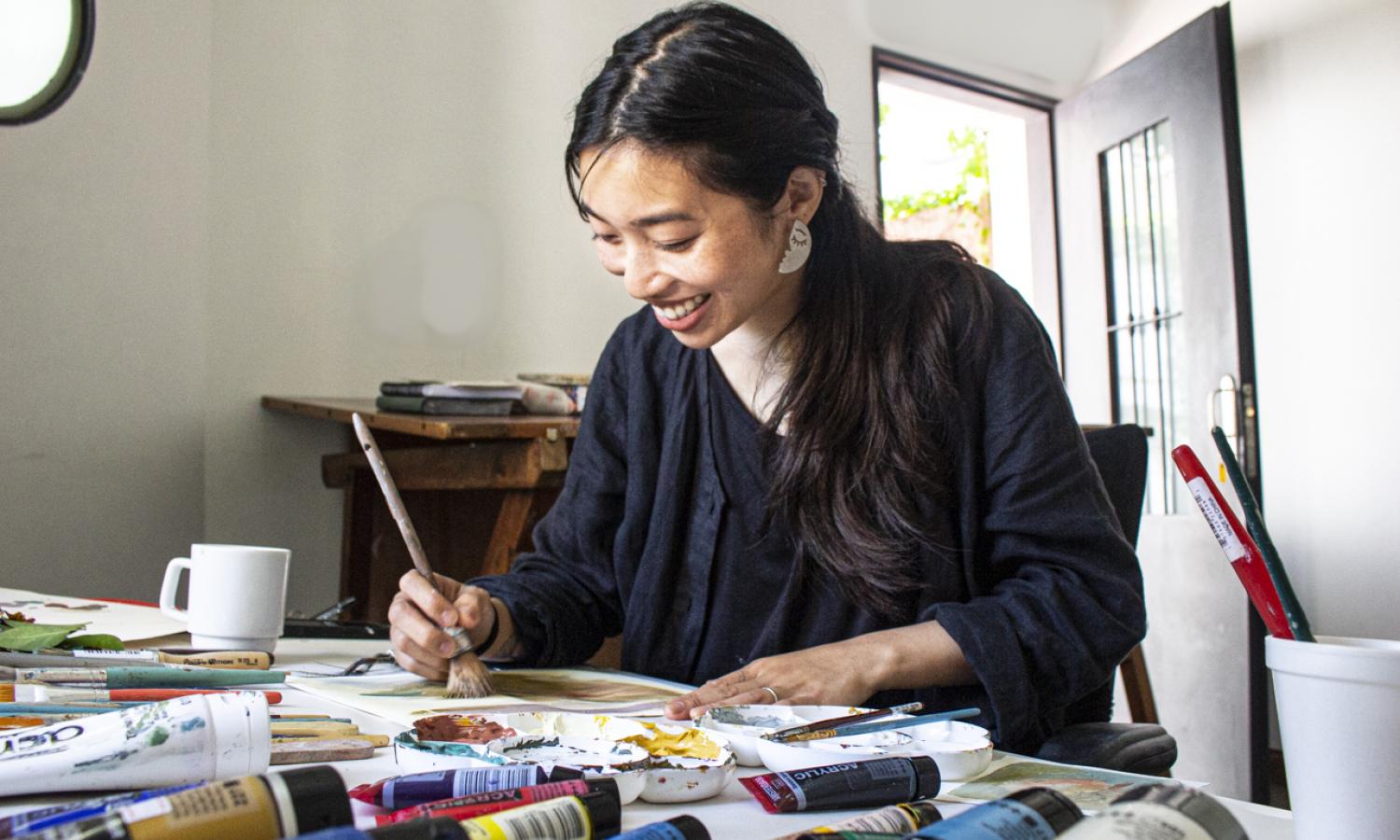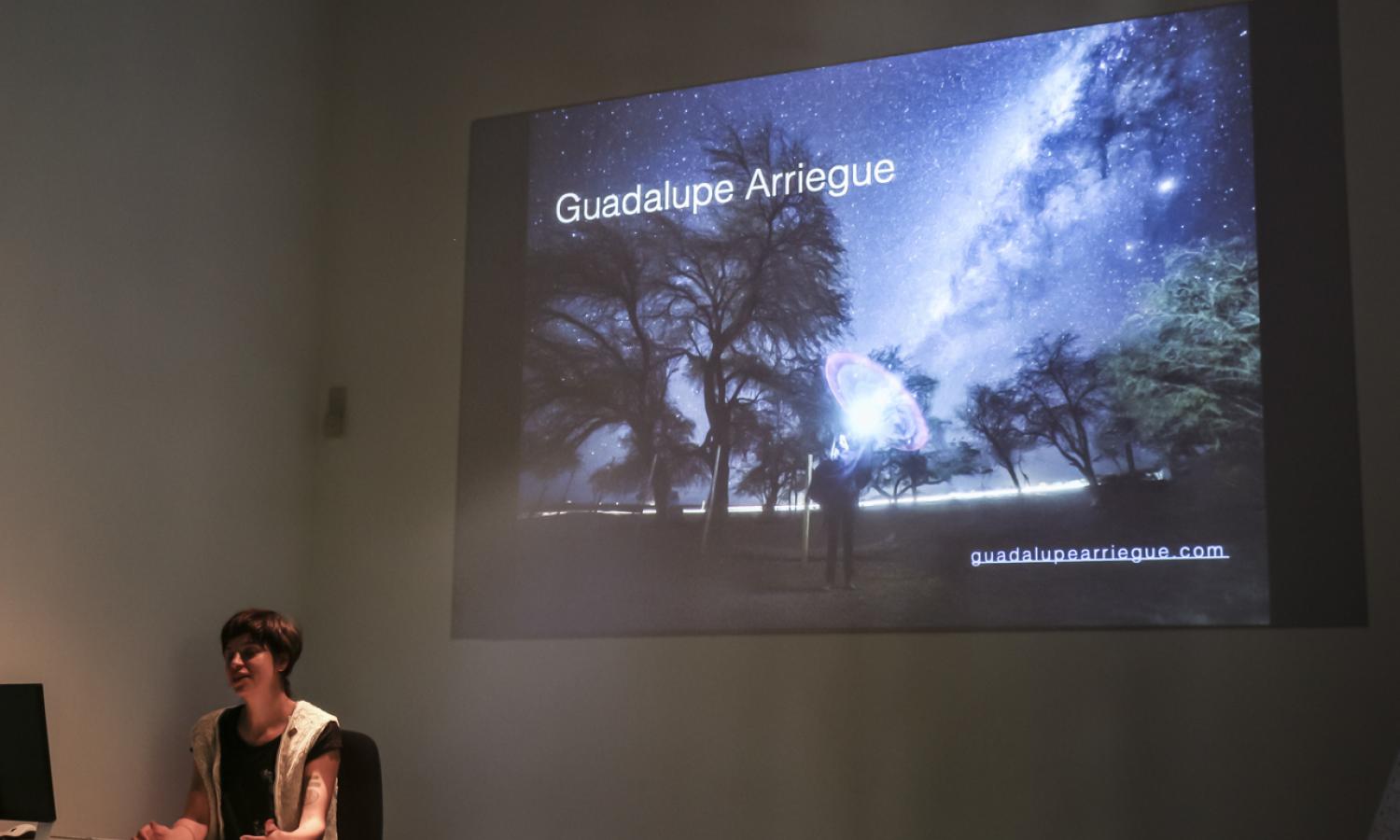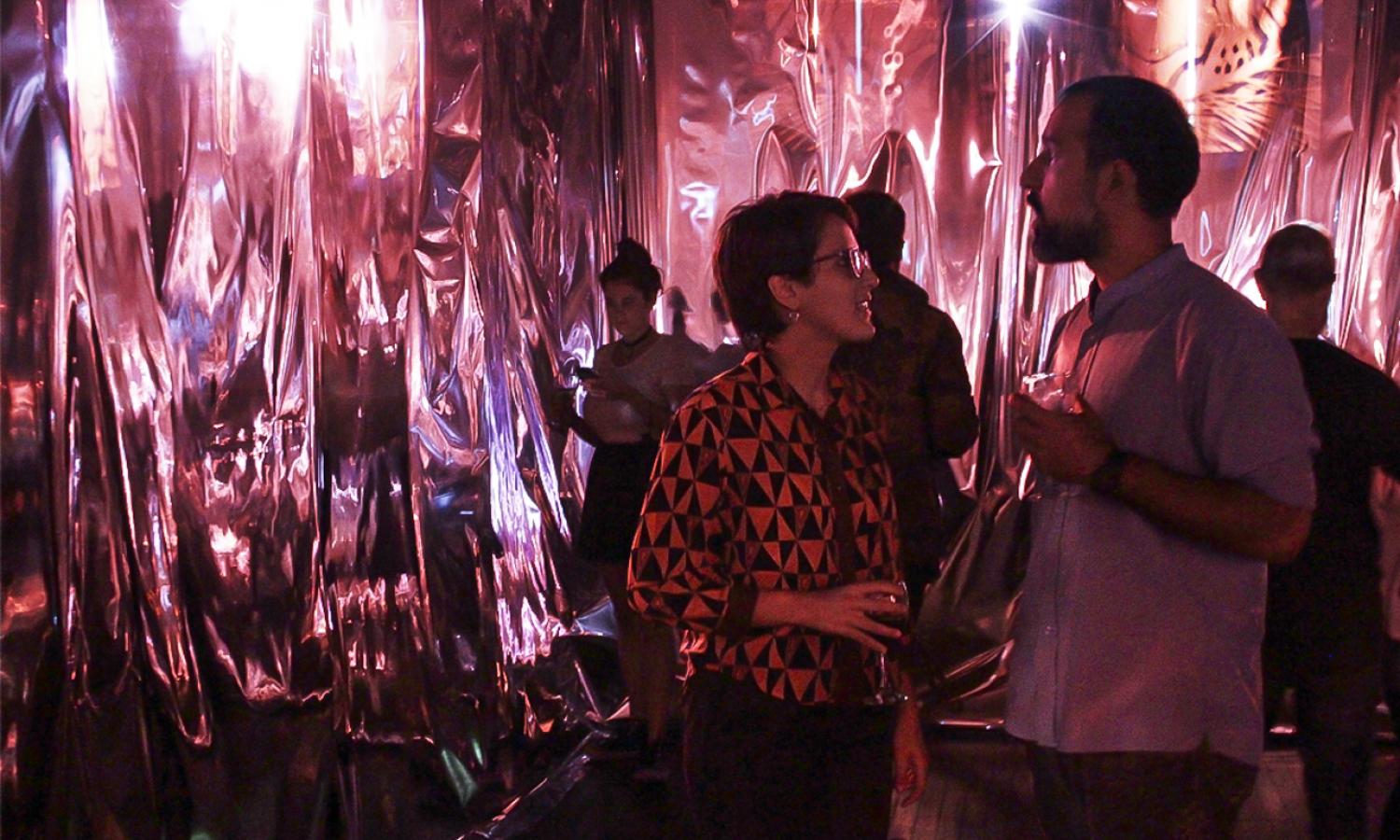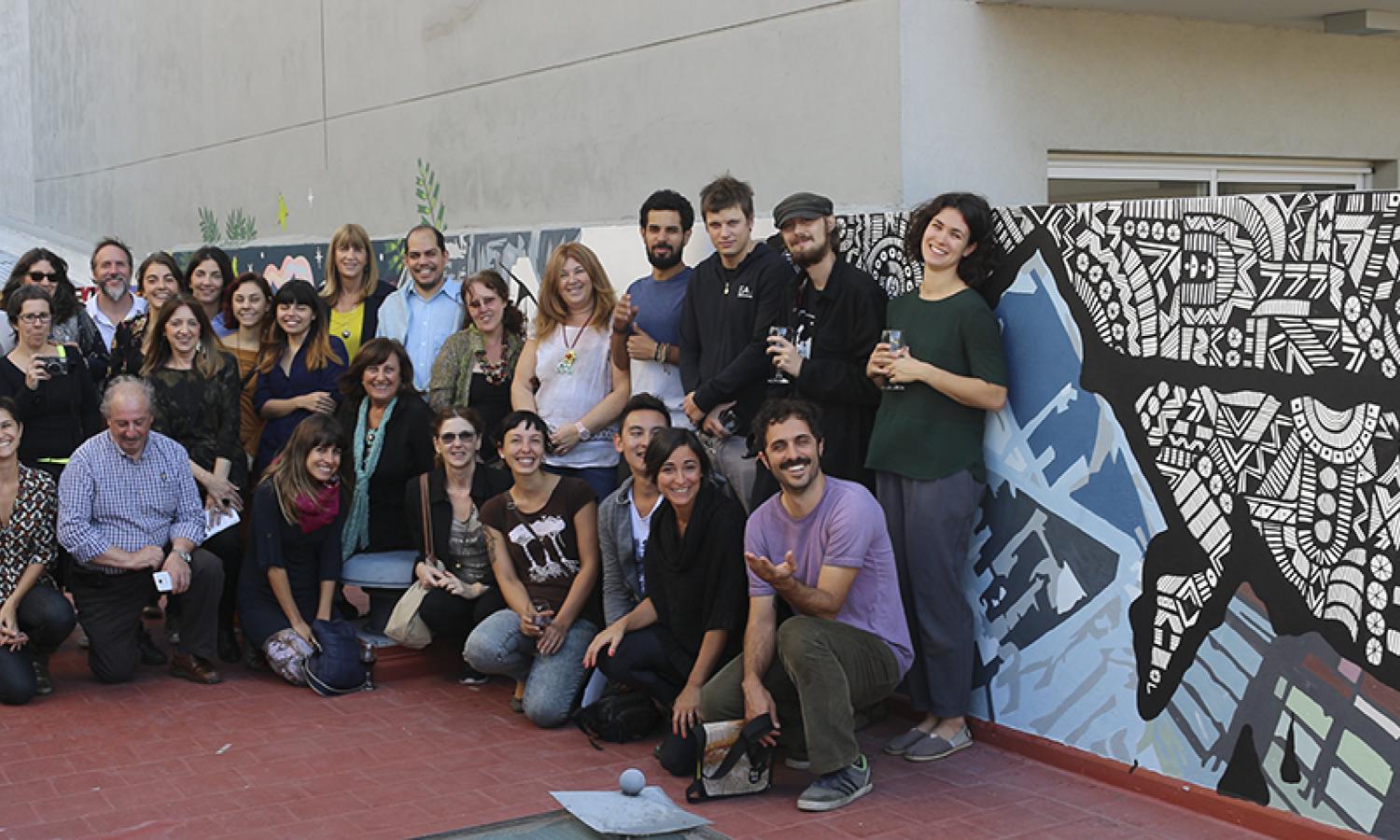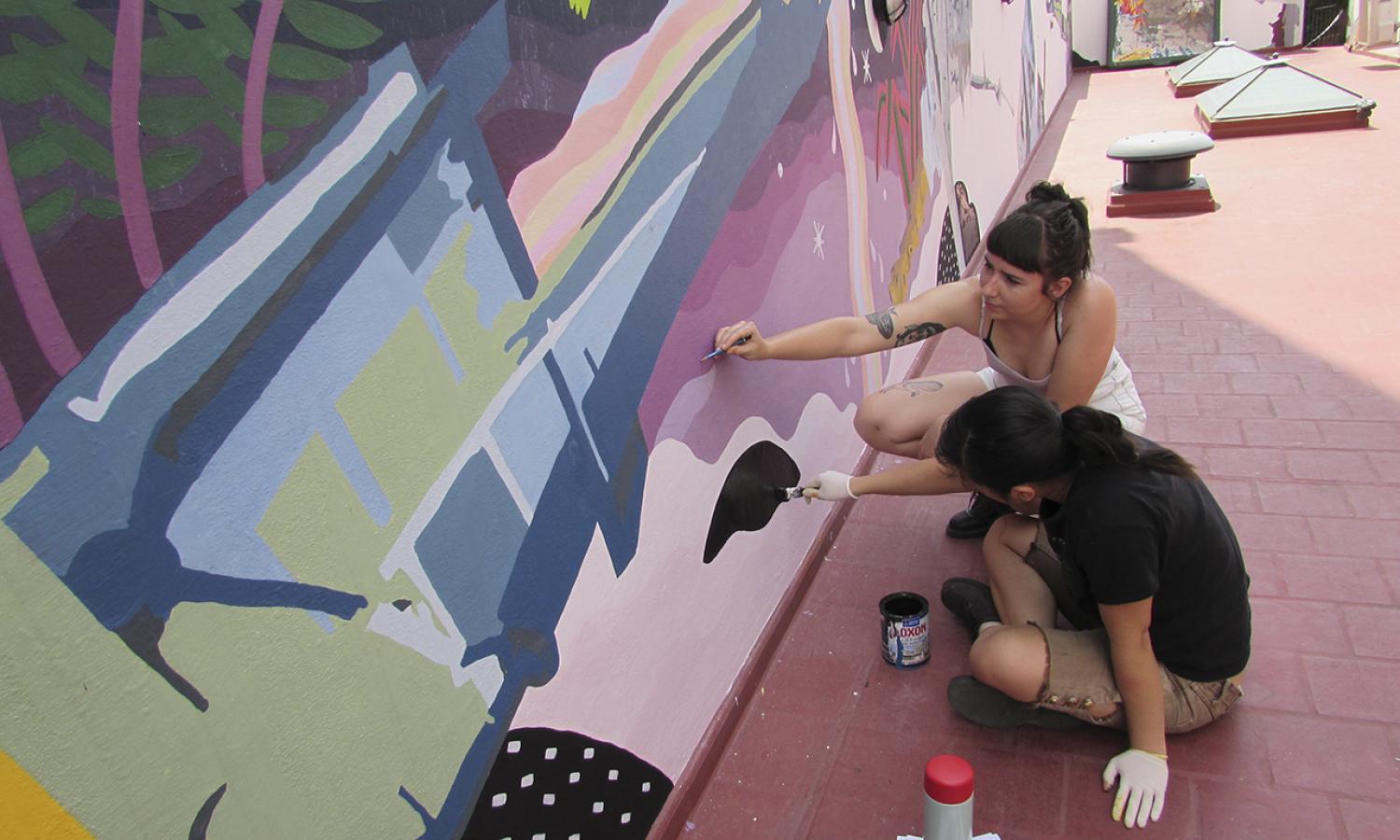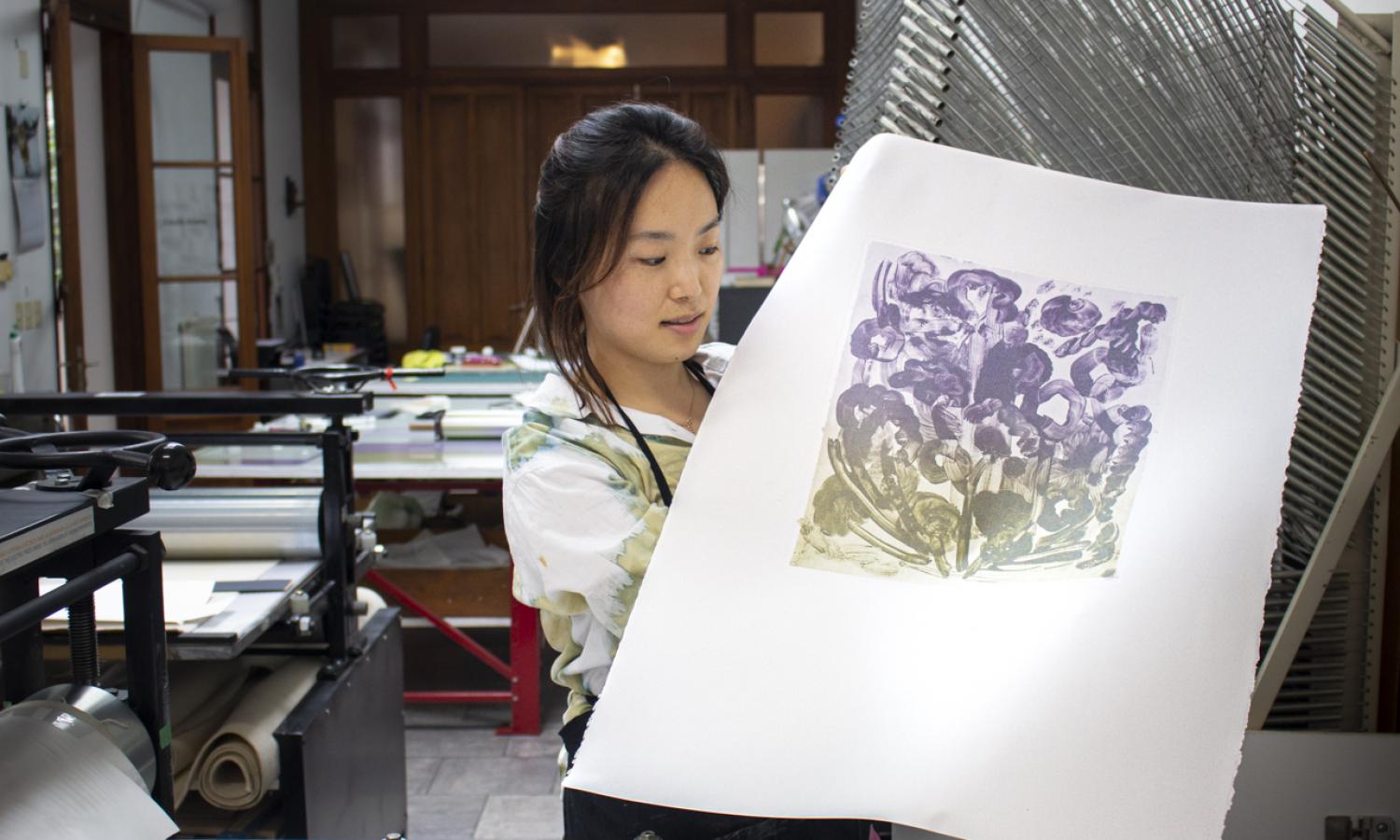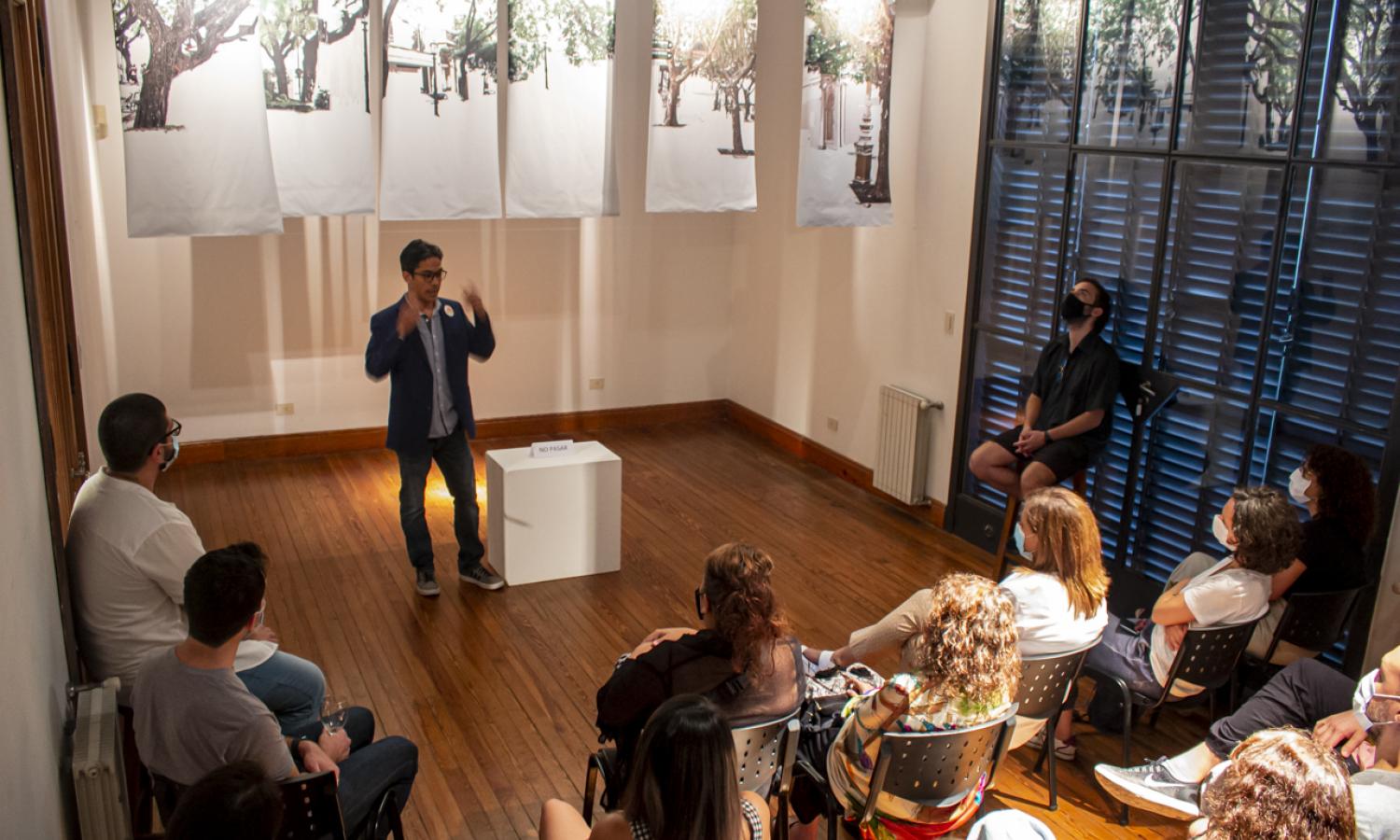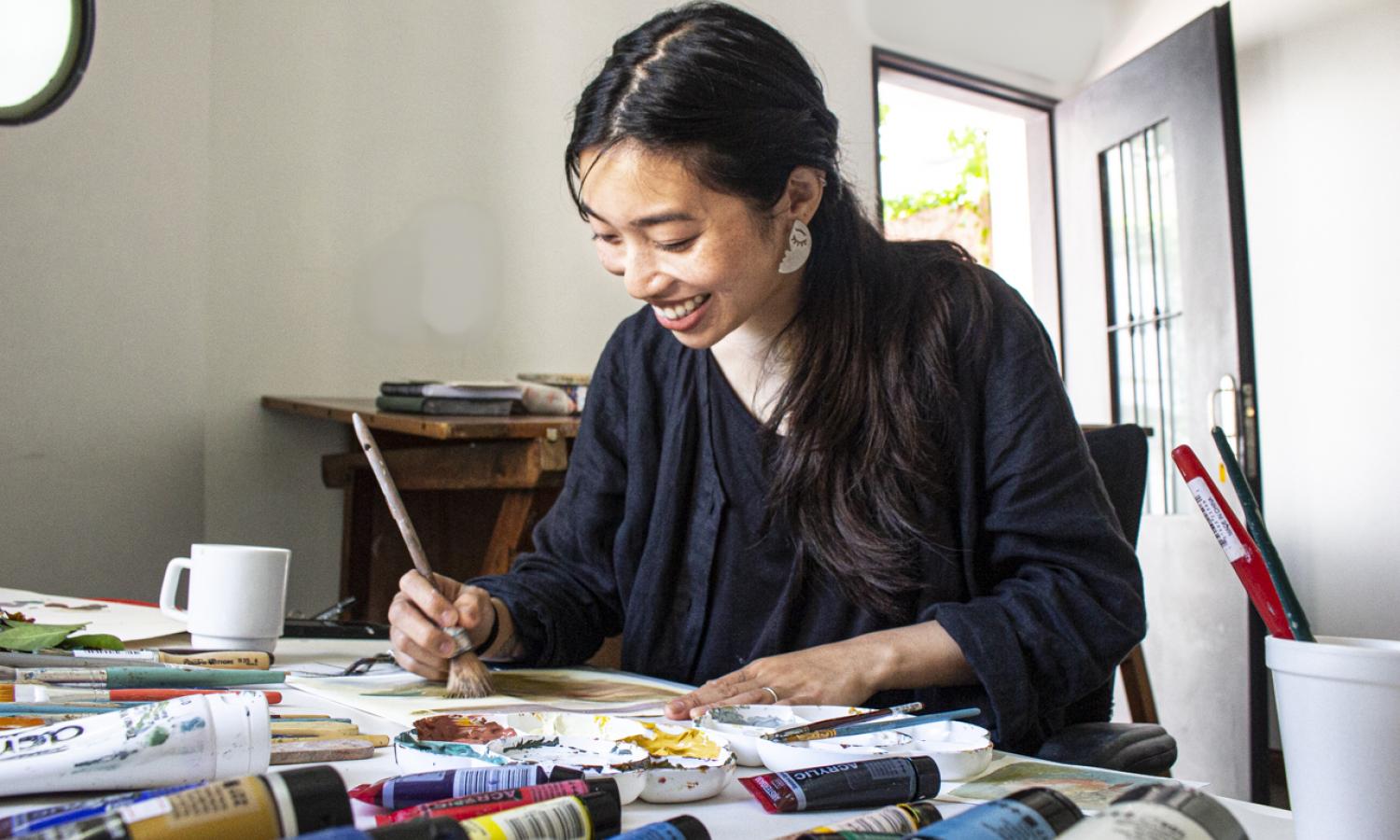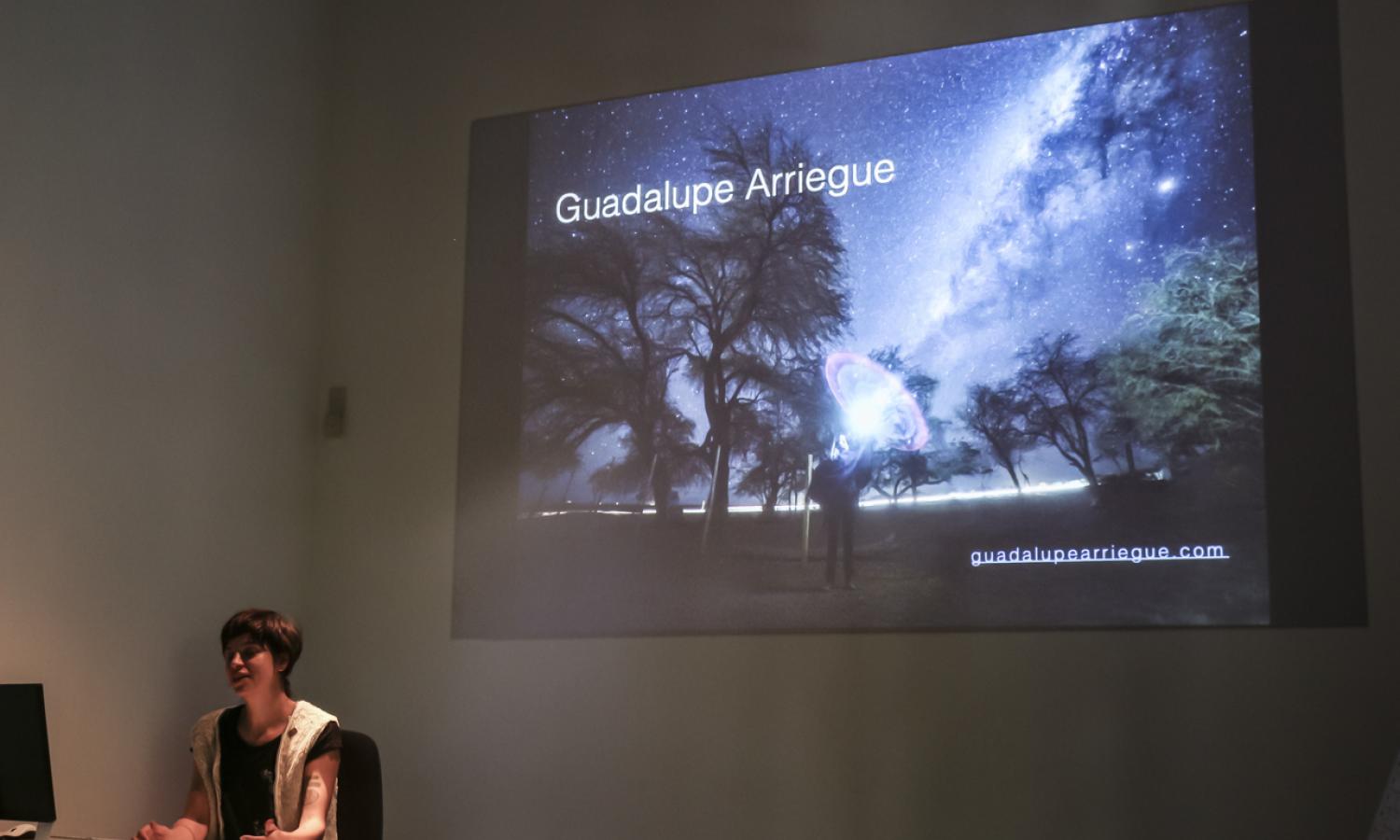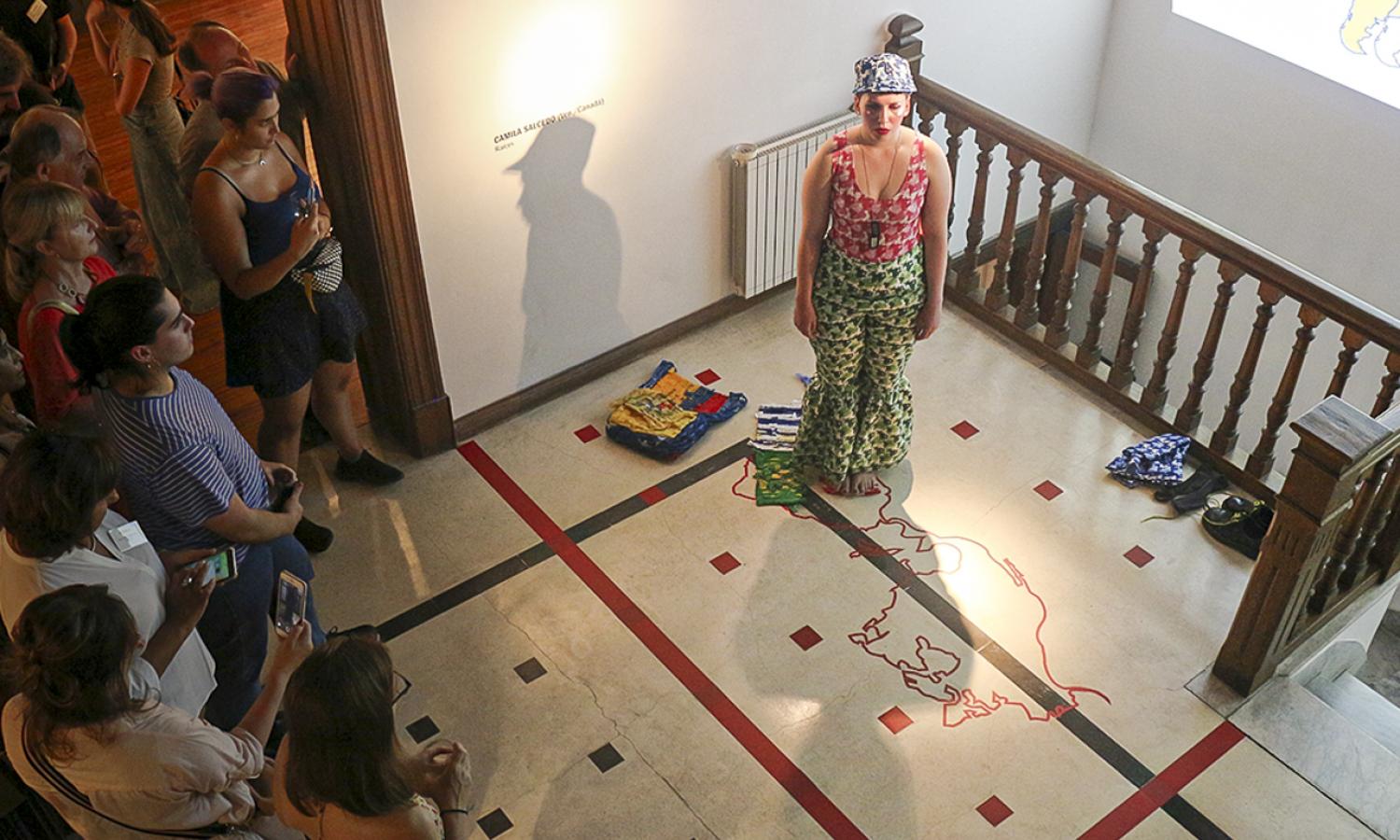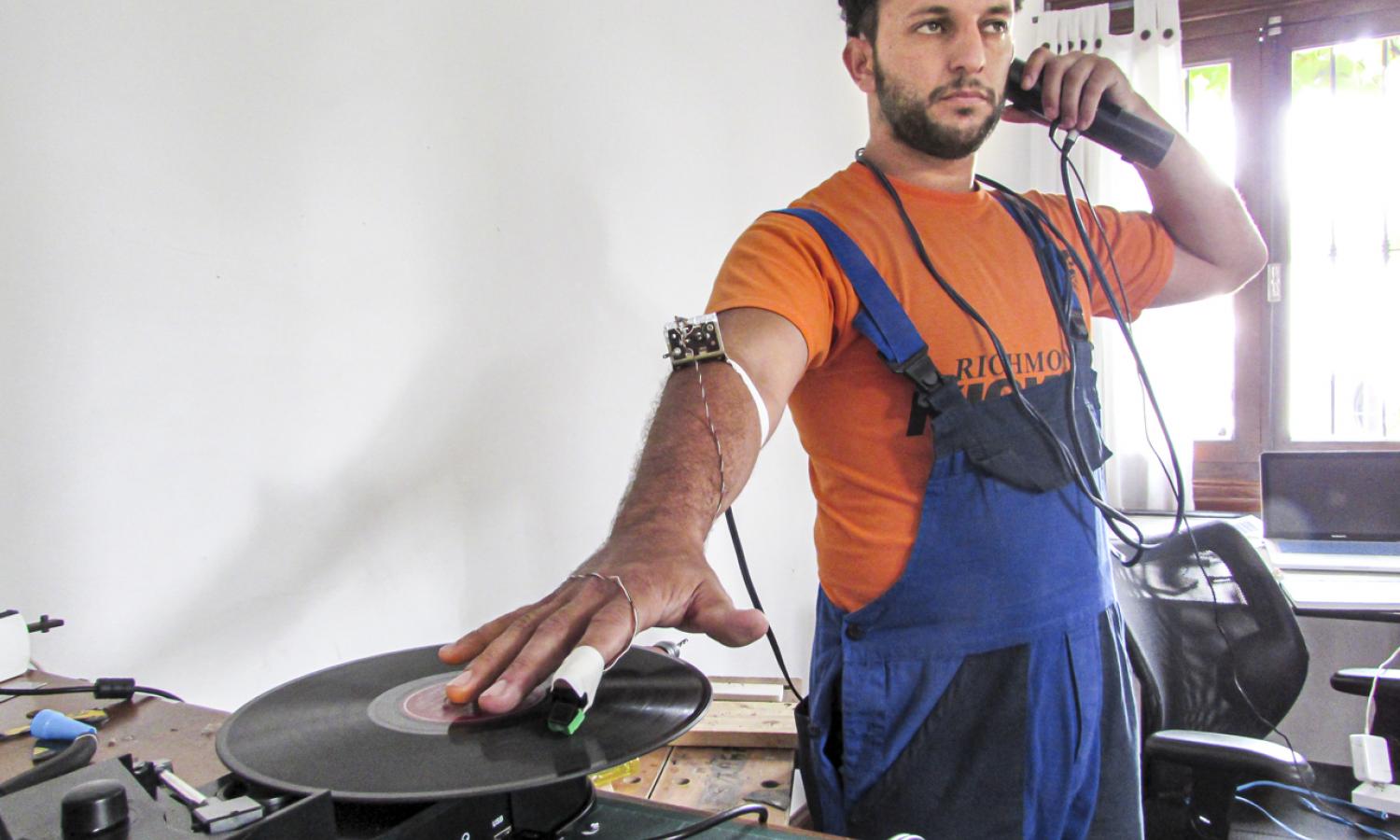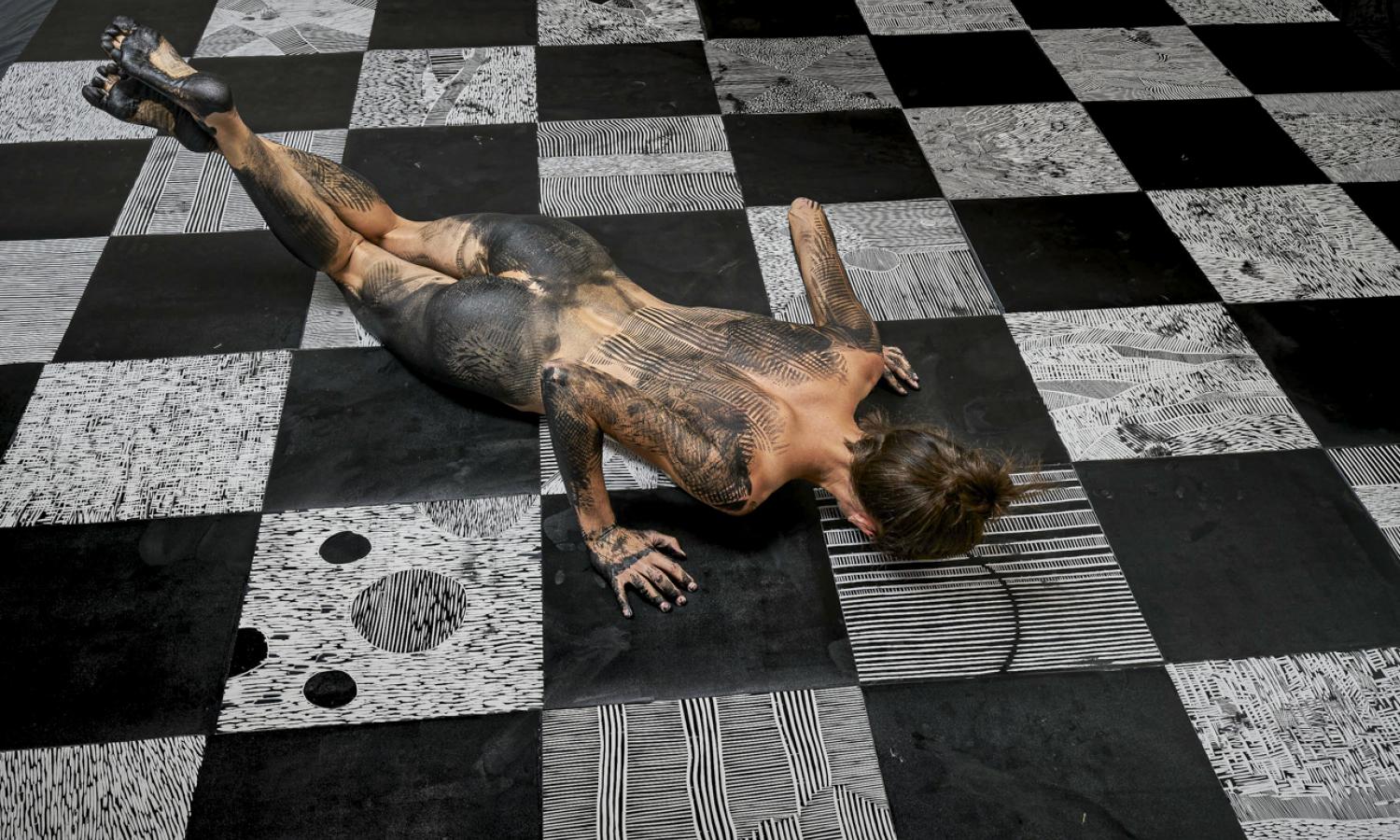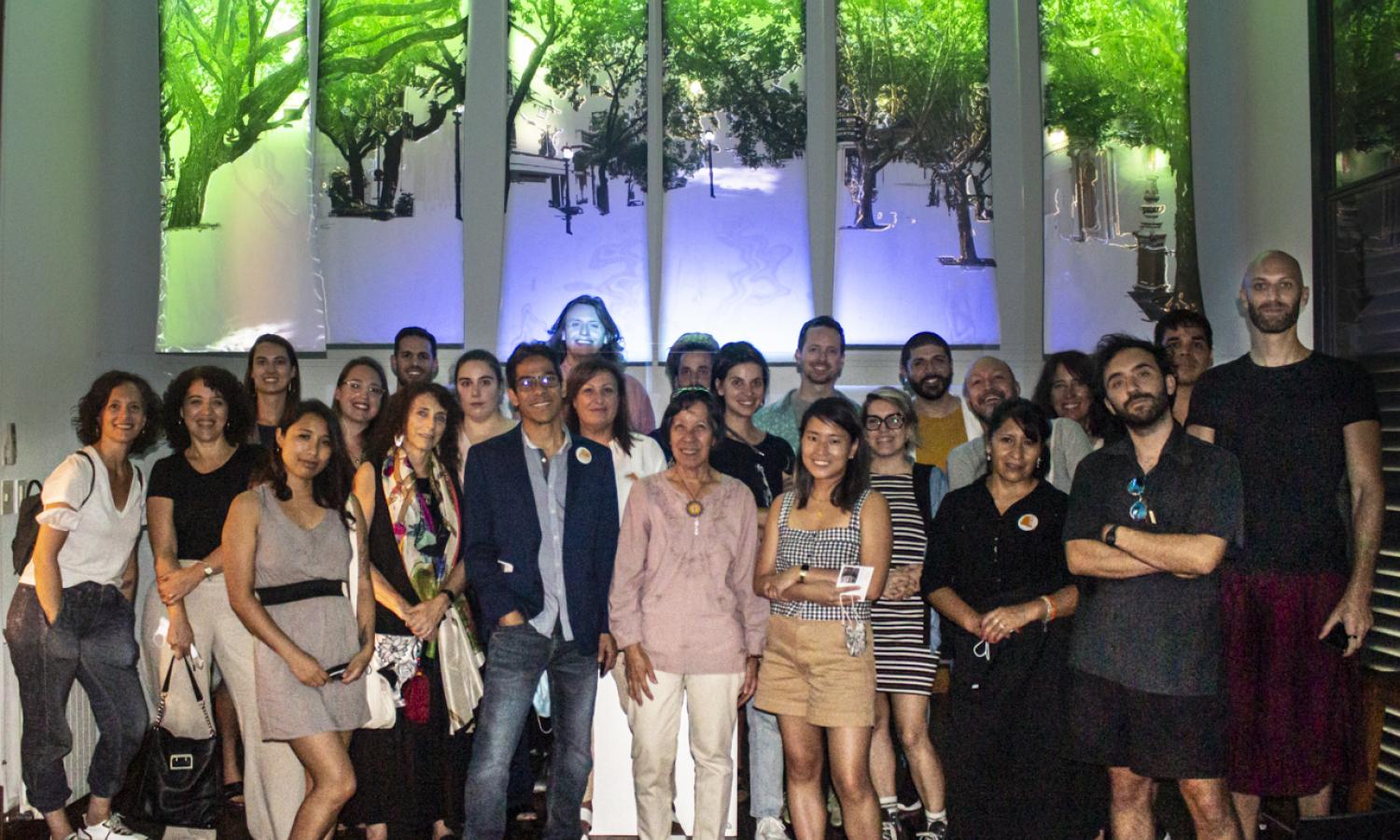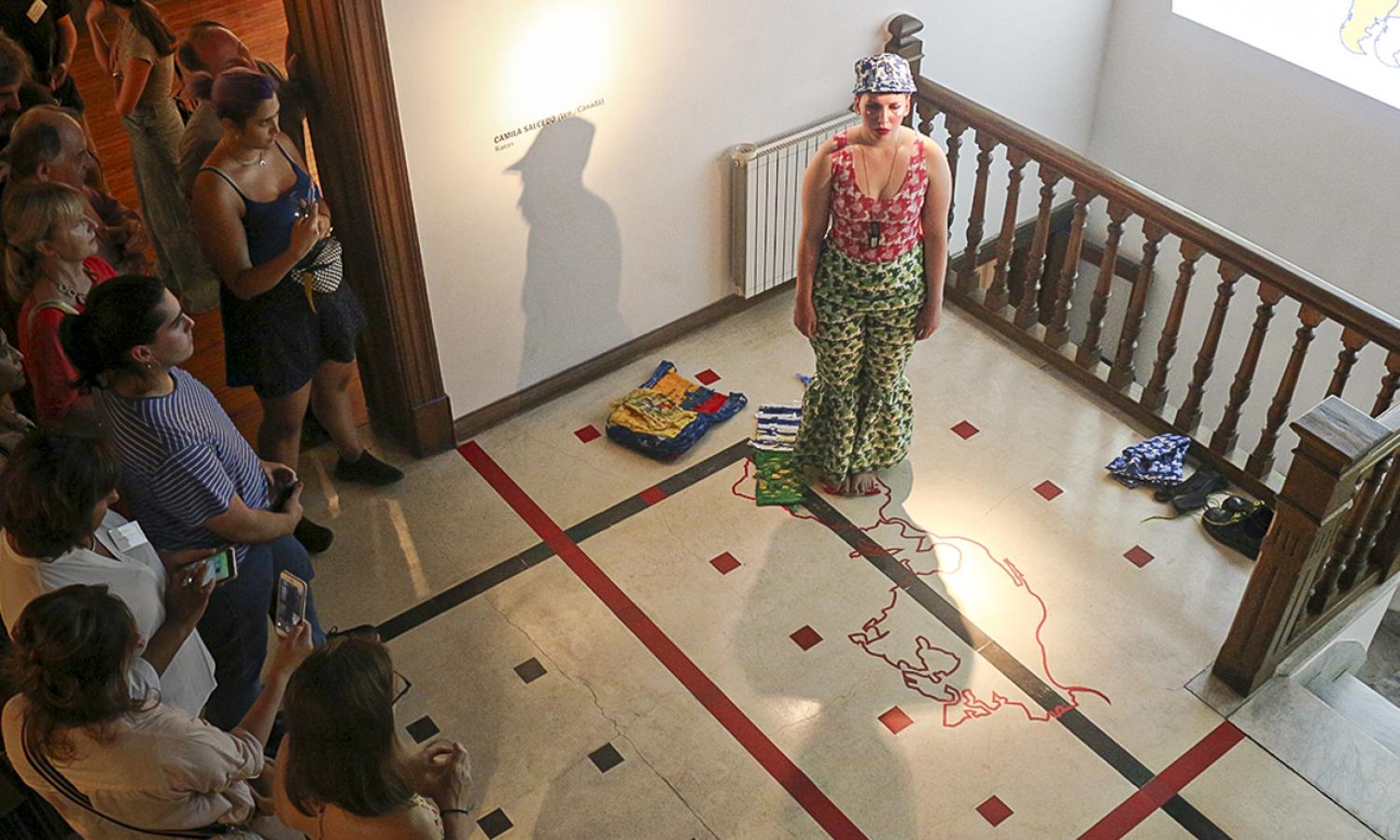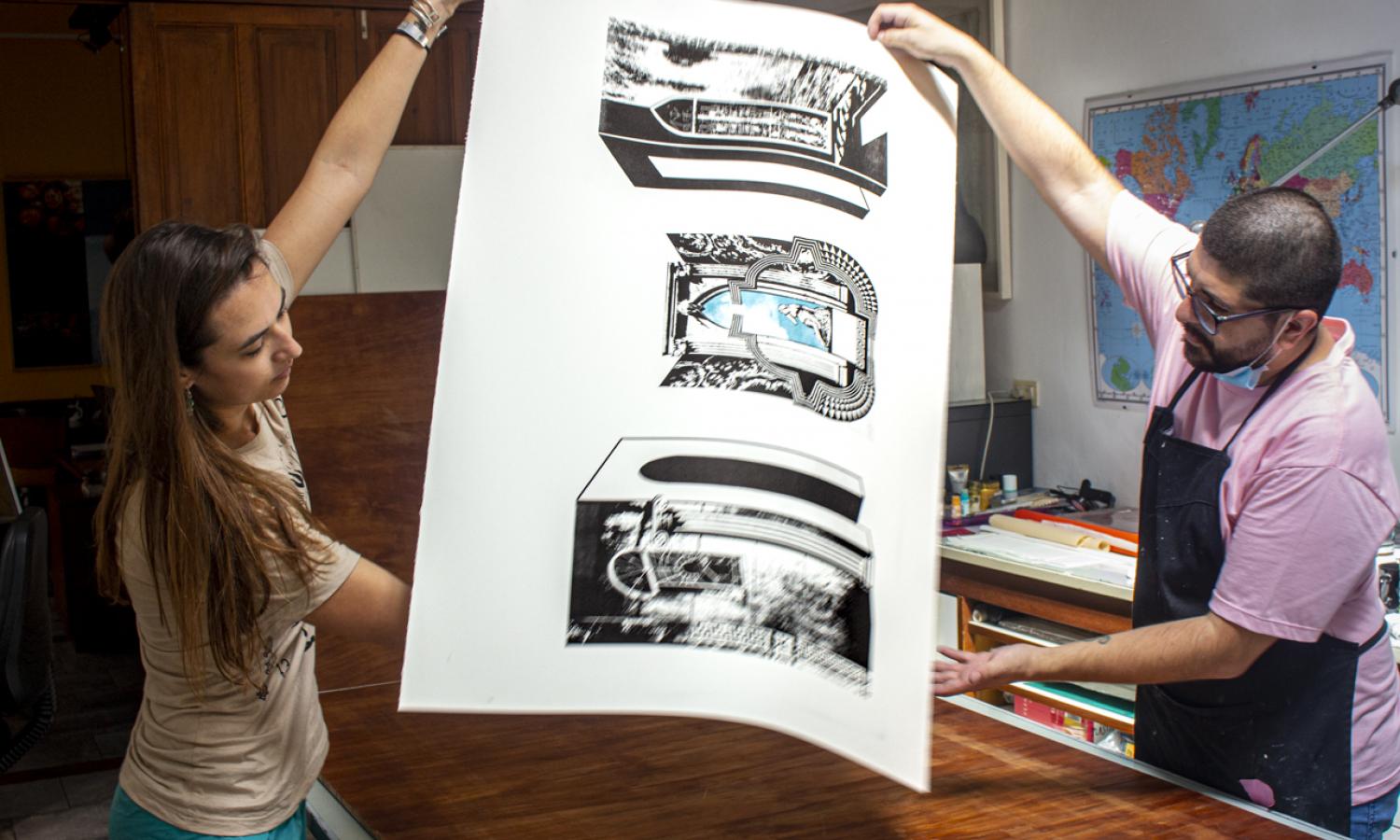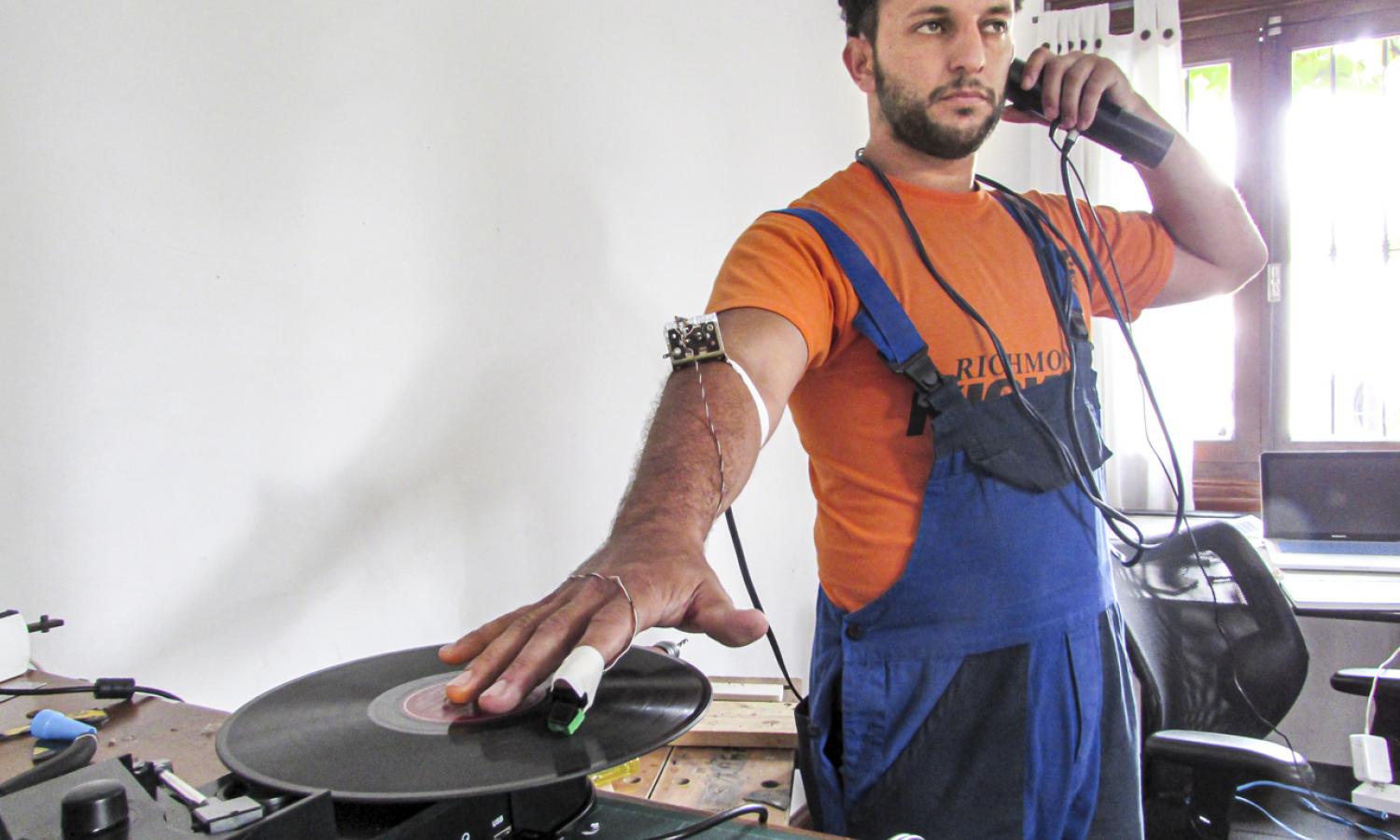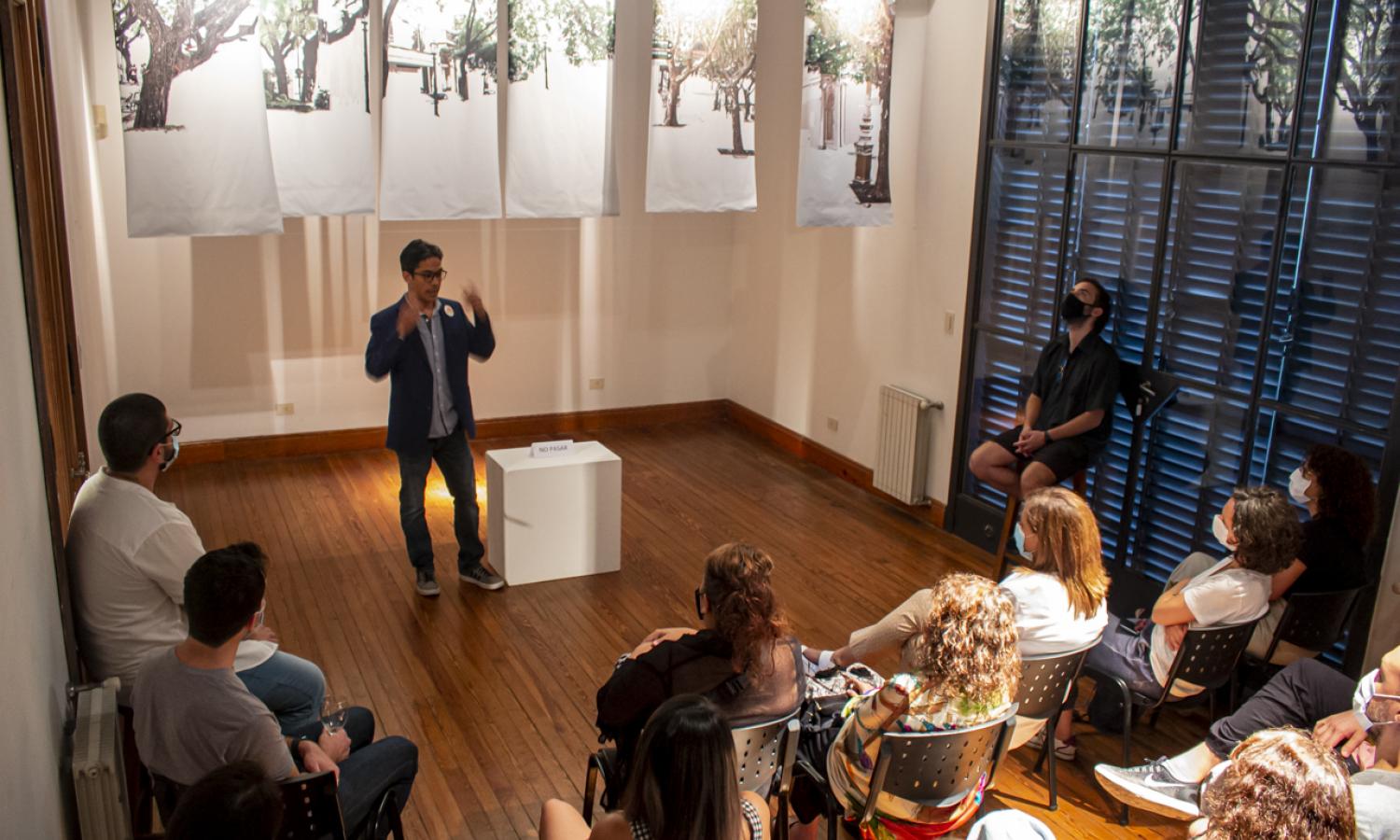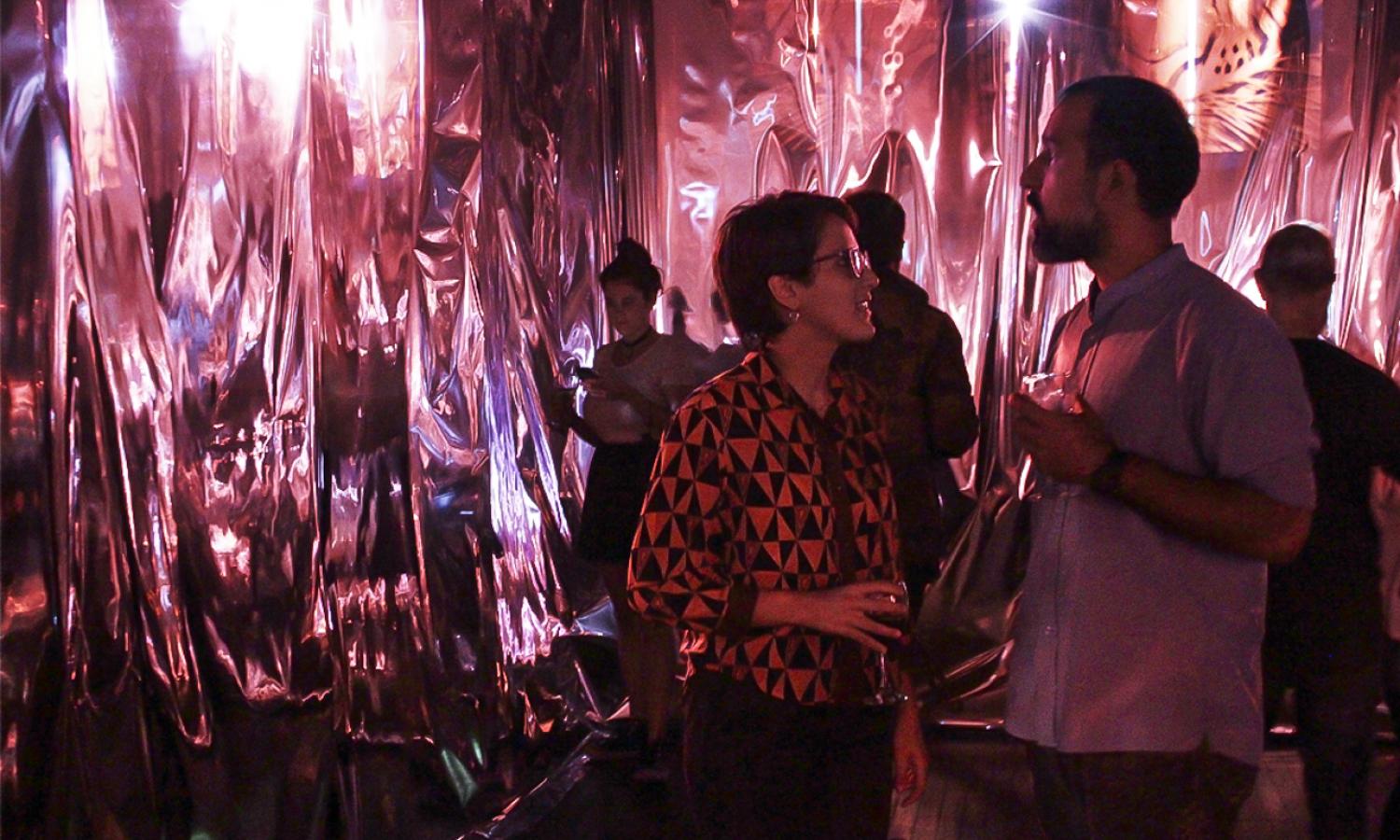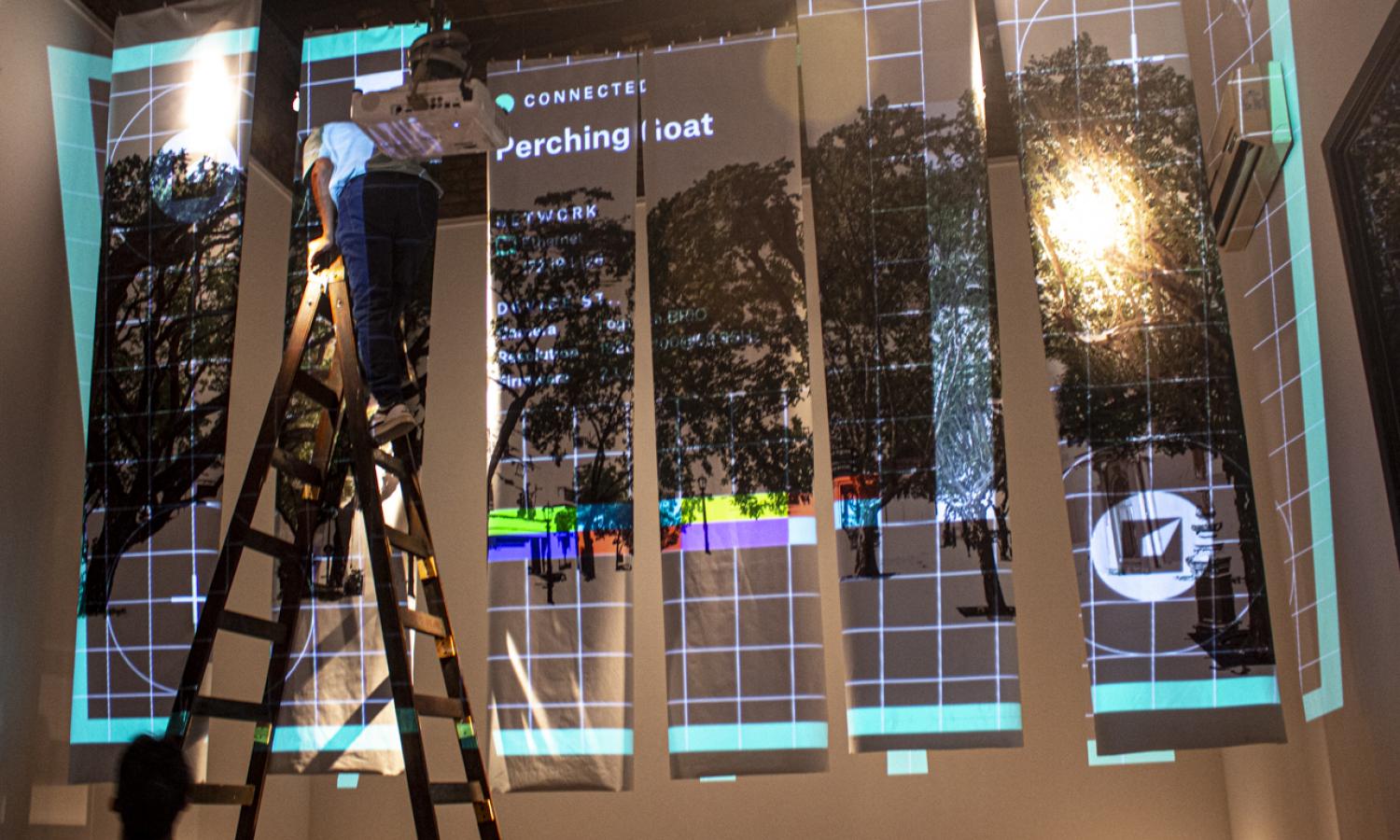Surel's Place: Monthlong Artist Residencies
Surel's Place: Monthlong Artist Residencies
Surel’s Place offers month-long residencies in our one-bedroom home with a spacious studio for artists aged 25 and older to focus on their work and their creative processes.
We are located in the heart of the Surel Mitchell Live-Work-Create District, a vibrant blend of artist studios, single-family homes, new urban condos, wineries and breweries, creative businesses and riverside activity (including a surprising surfing community built around a wave and whitewater park). Though the home and immediate surroundings are quiet and peaceful, the residency is just a short walk along the river to Boise’s downtown core.
The program is open to visual, literary, multimedia and performance artists of promise and renown: we have hosted painters, sculptors, writers, musicians, composers, filmmakers, choreographers, immersive VR artists and many others. What our artists have in common is a need for a quiet place to create.
Applicants can be at any point in their careers or creative journeys. We recognize the value of process and look to support artists who approach this time with purpose and intention.
We believe artists of all backgrounds and disciplines should be supported and amplified for the the value they add to our individual and collective lives. We aim to give artists the time, shelter, and professional support their work deserves. Thanks to the generosity of our donors, we can offer a stipend of $100 per week for living expenses.
Residency Program Information
Residency Program Summary
Application Information
All who complete their applications are reviewed by experienced and accomplished artists in their own discipline. Each independently shares their thoughts and impressions of the candidates, their work, their intention and process, their specific proposals for Surel’s Place, and their access to artistic support and to the amplification of their voices. Surel’s Place staff make final determinations based on these recommendations, availability and timing (there are always more qualified and worthy applicants than we can accommodate).
We seek to view all decisions through a lens of antiracism. Surel’s Place is committed to eliminating the racist system and structure that has shaped the arts community in Idaho and around the country. We can no longer pretend that saying “Everyone is Welcome” is the same as welcoming every body. We believe that art is a medium of connection, that art can increase understanding of all of the ways it is to be human. We fail if our work only elevates white artists or certain artistic traditions.
Accessibility
Surel Mitchell herself had a disability and built her home to accommodate the use of a wheelchair. Surel’s Place upholds her legacy and strives to welcome and support artists of all physical abilities. Questions about any needed accommodations? Please contact us at info@surelsplace.org.
Our goal is that 100 percent of the experience is accessible to all.
Housing & Accomodation
Studio & Facilities
At the front of the house, the ADA compliant large studio boasts 15-foot ceilings, a large painting wall, and lots of indirect natural light. The studio also has a large easel and two work tables, one of which spans eight feet, plus ample storage for materials and work.



